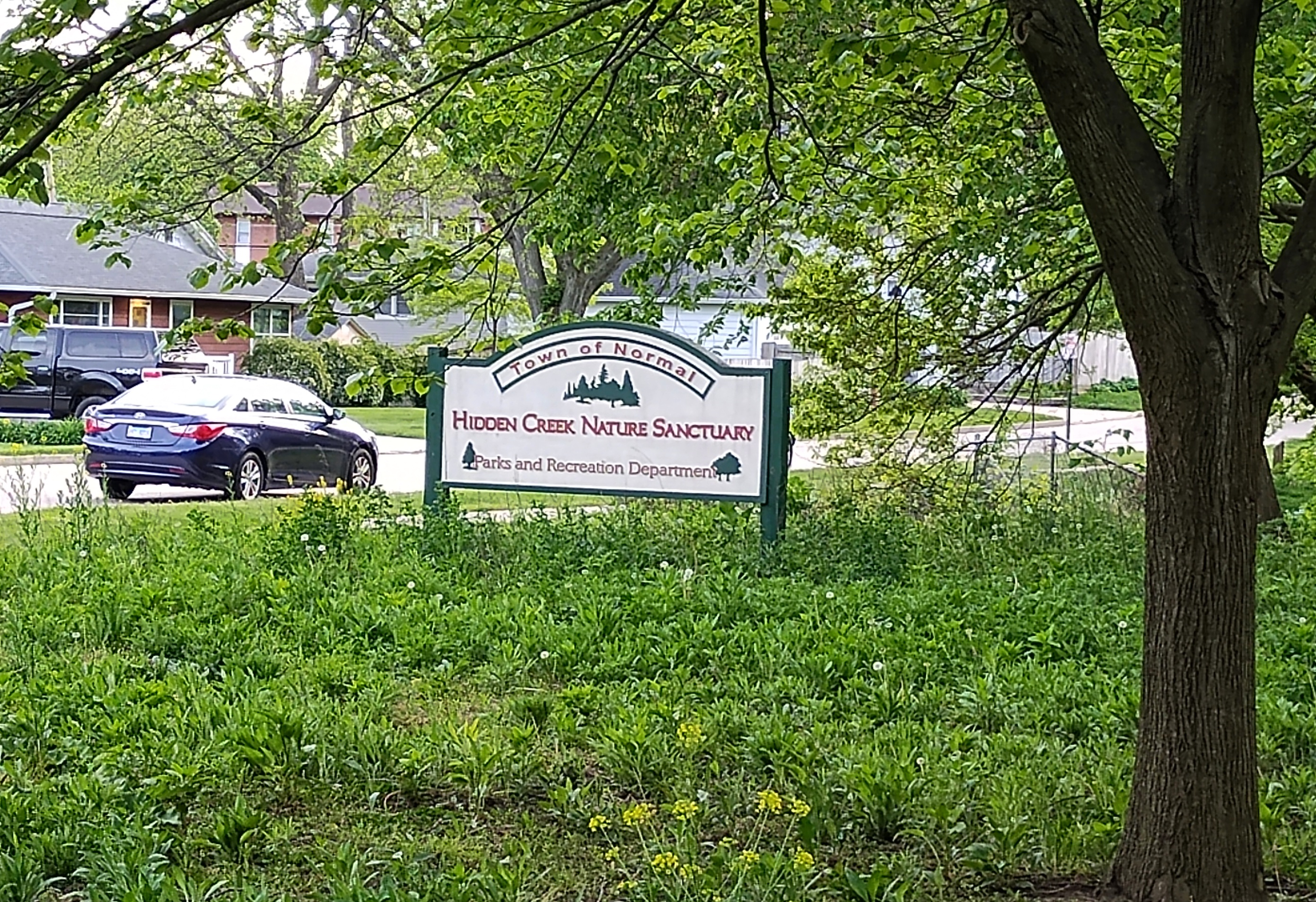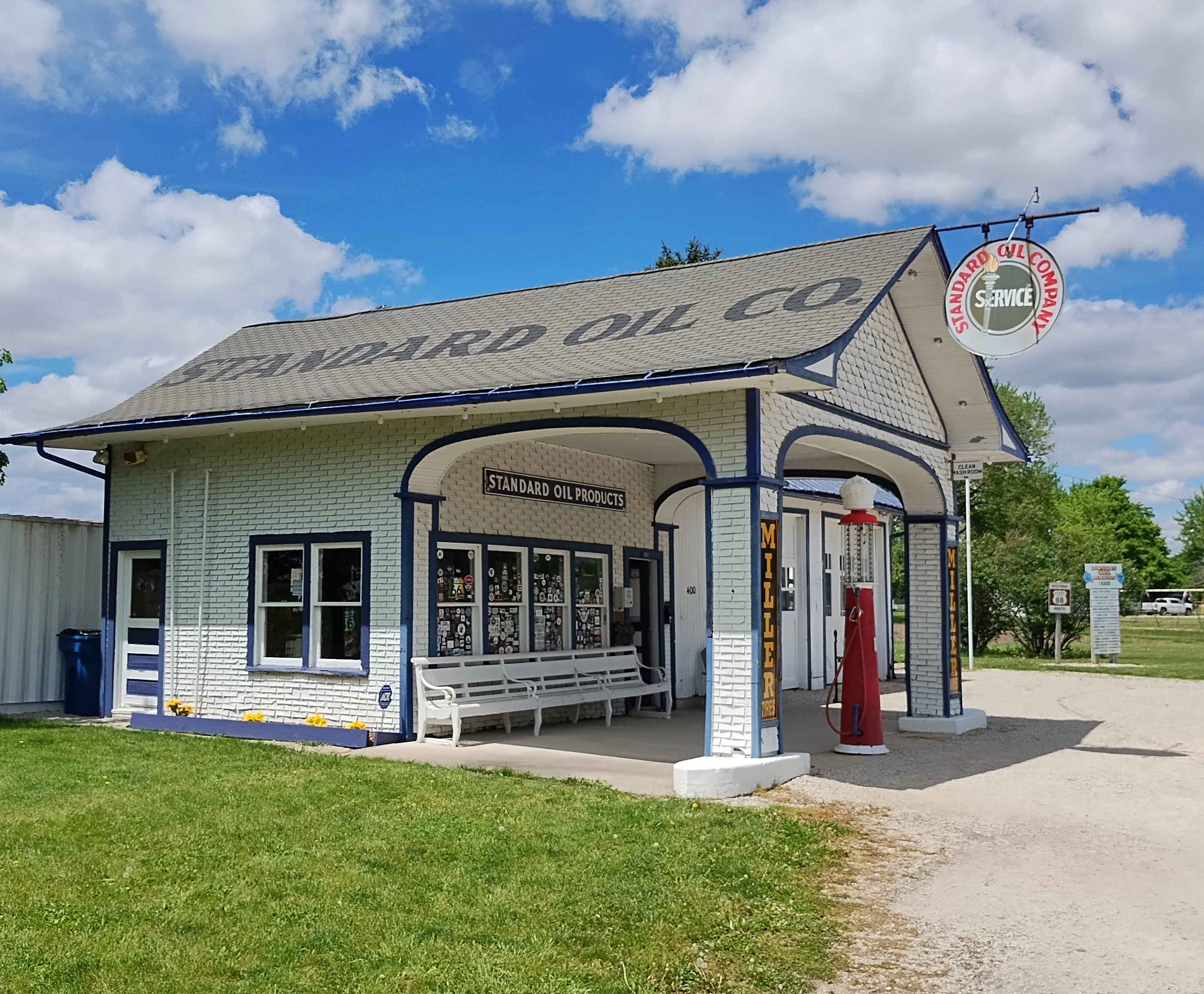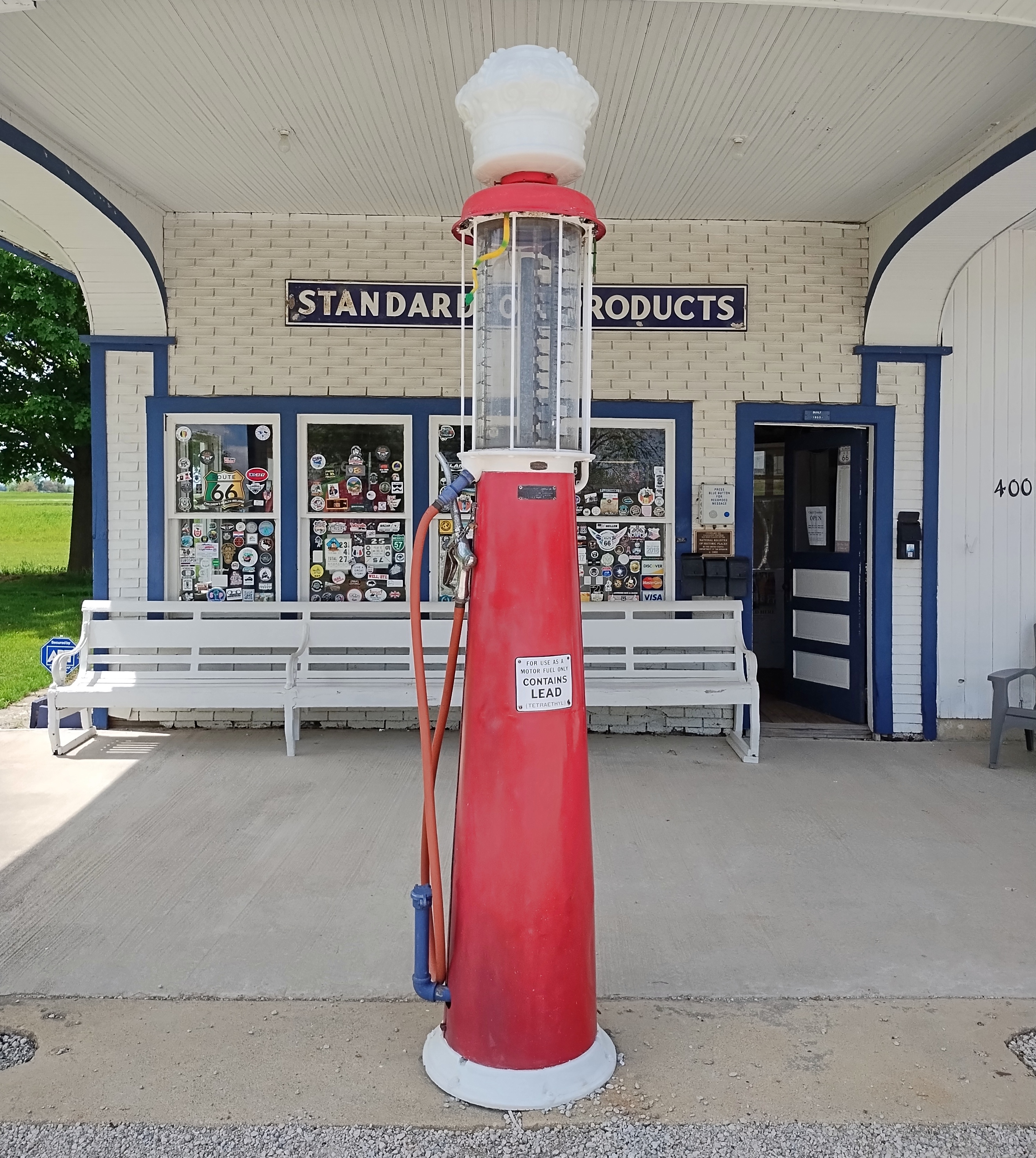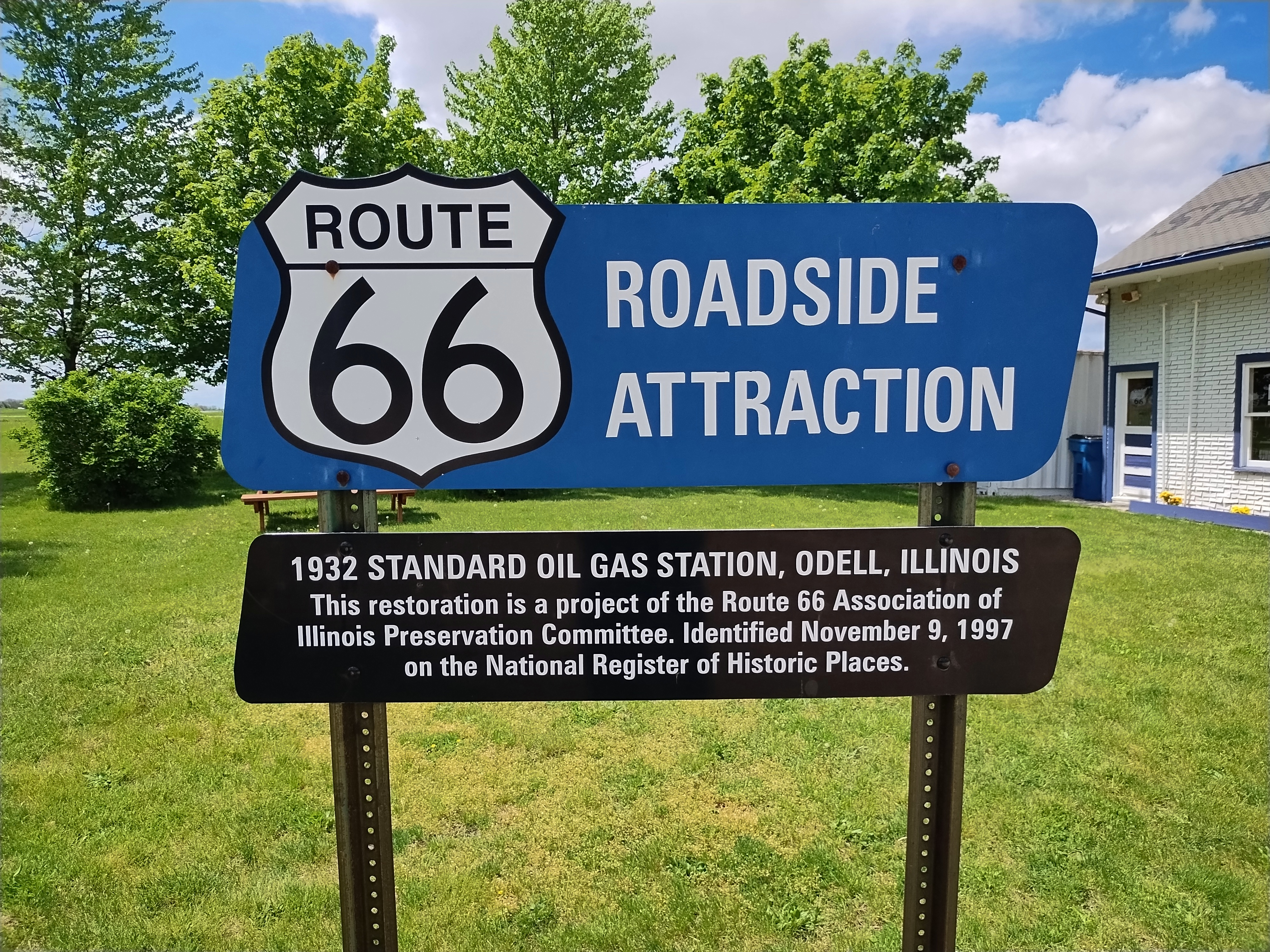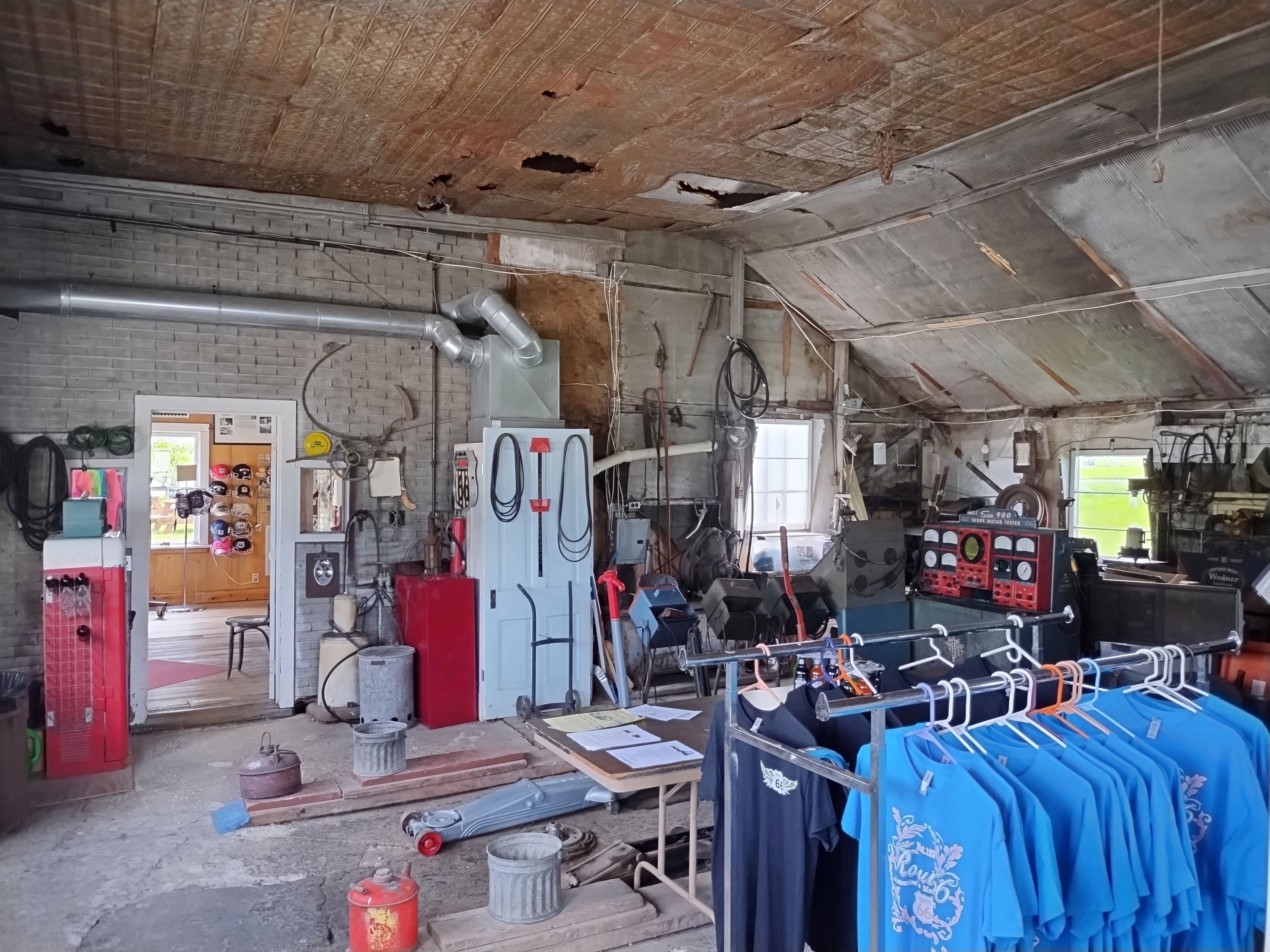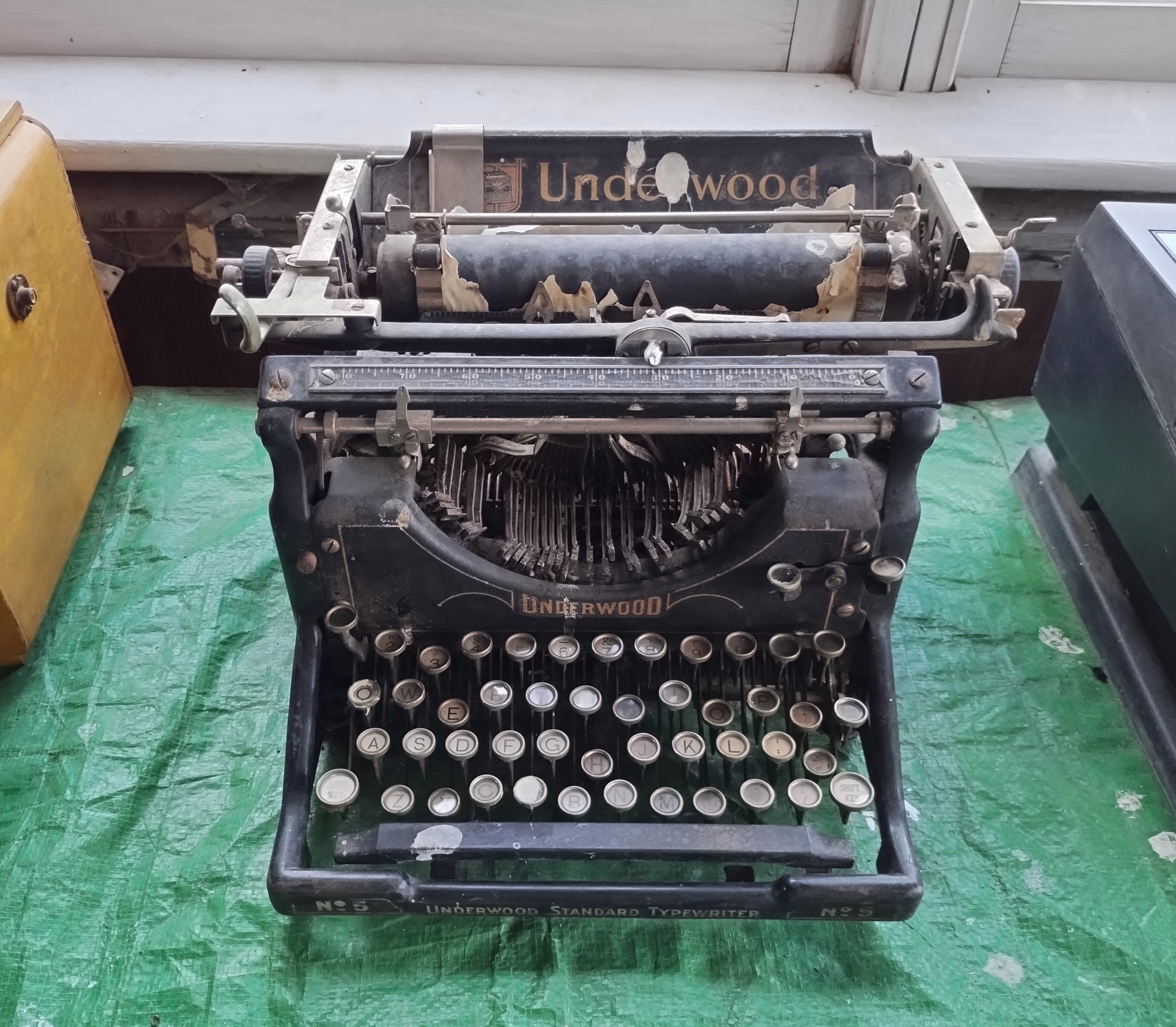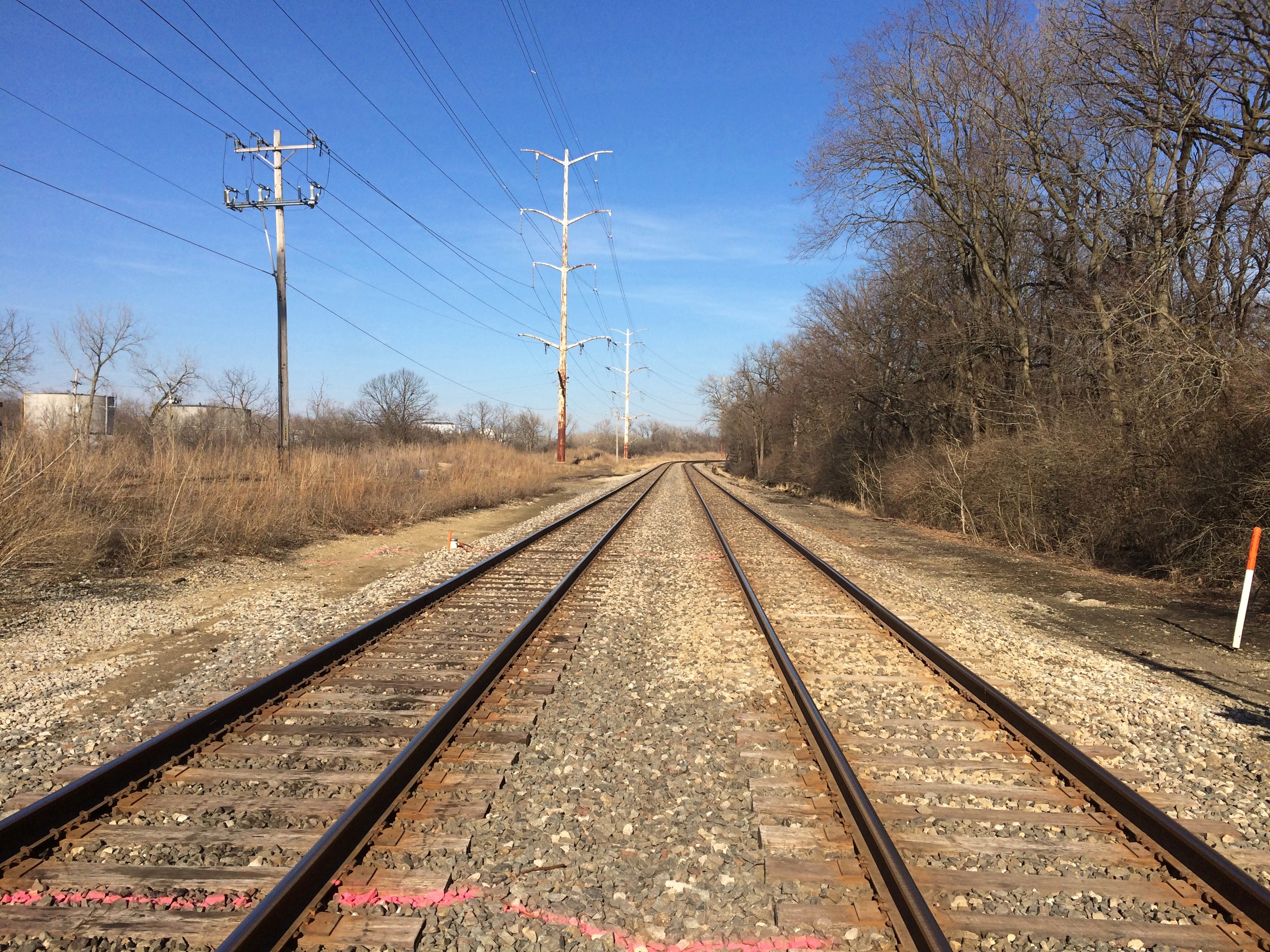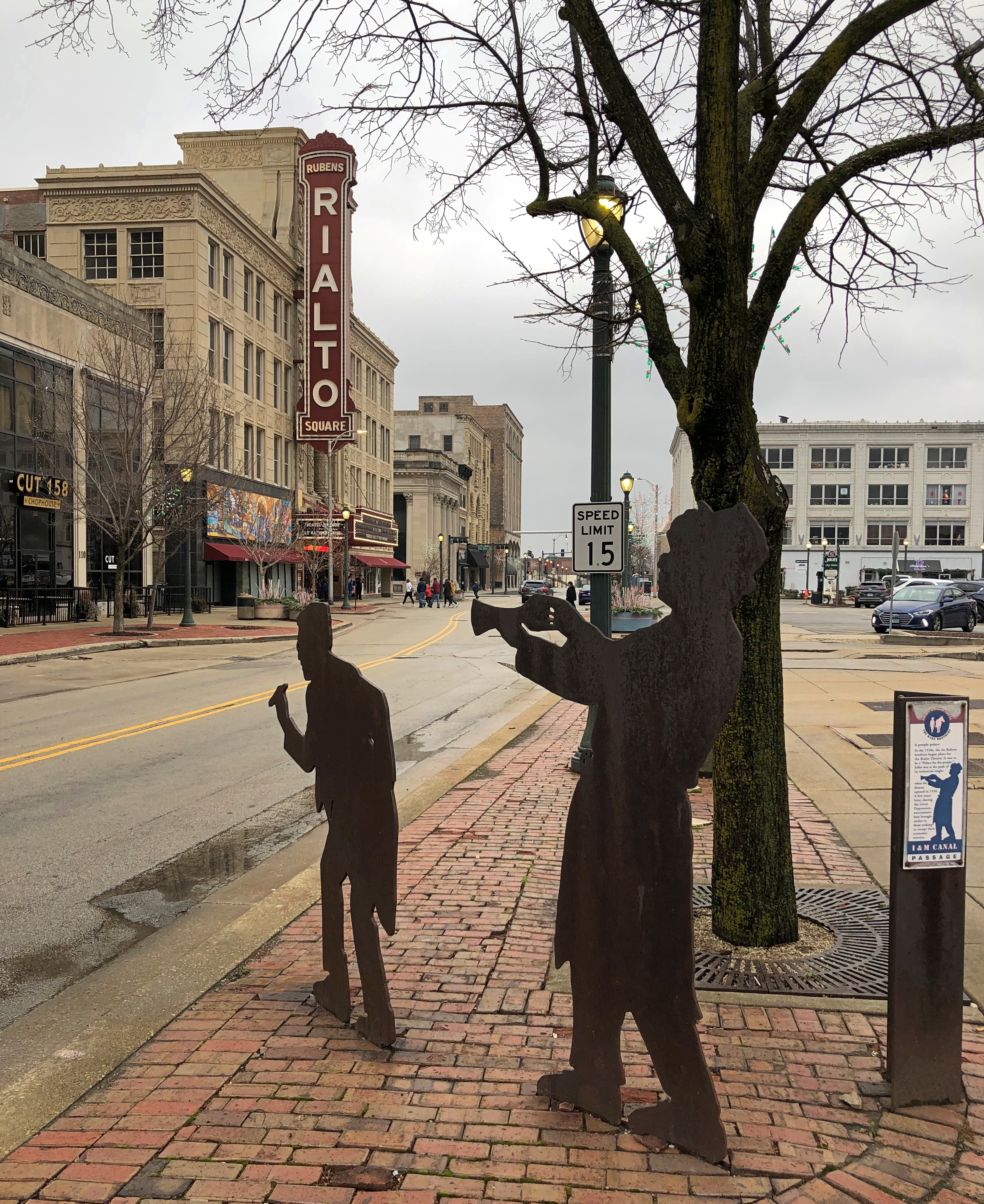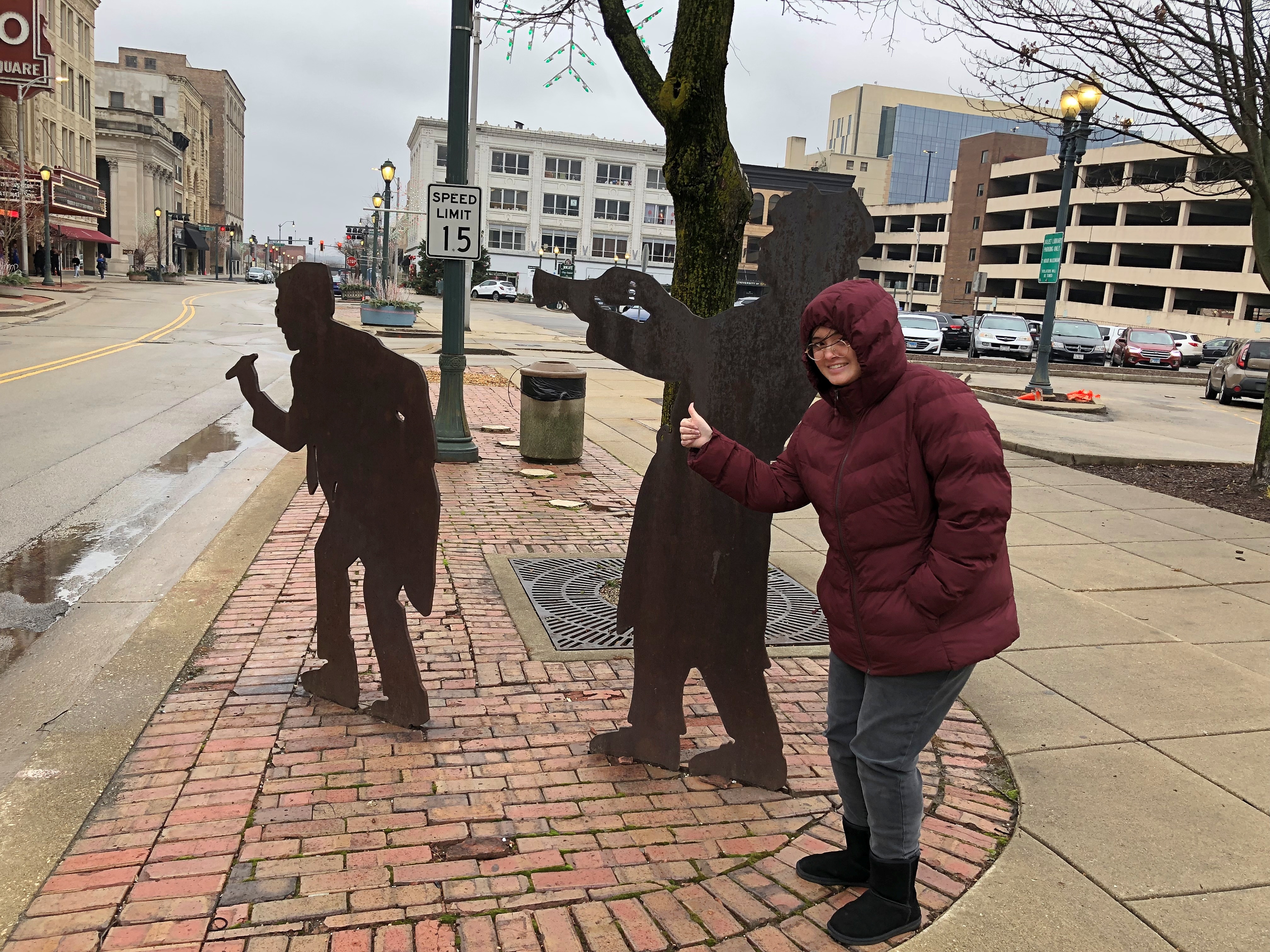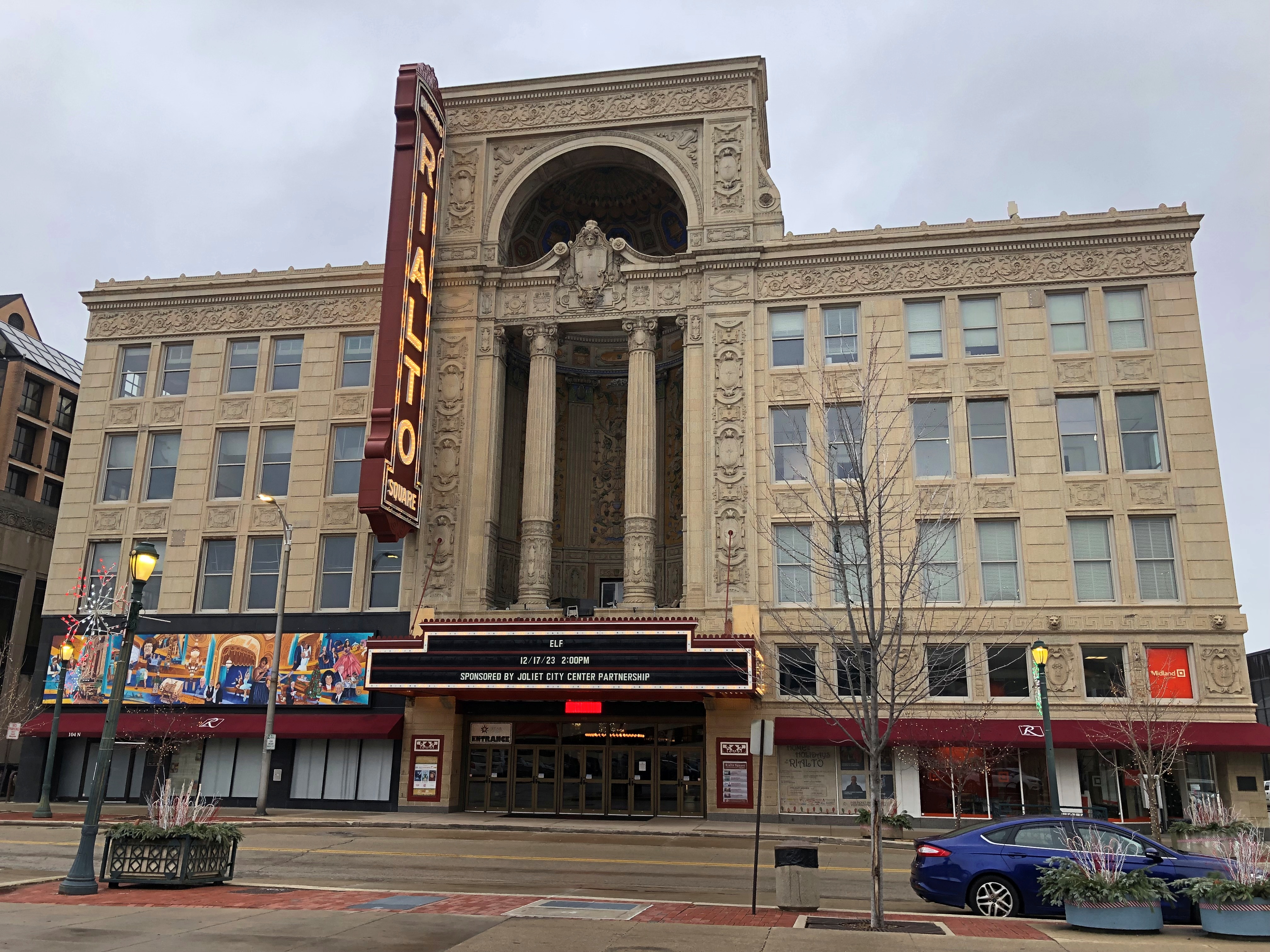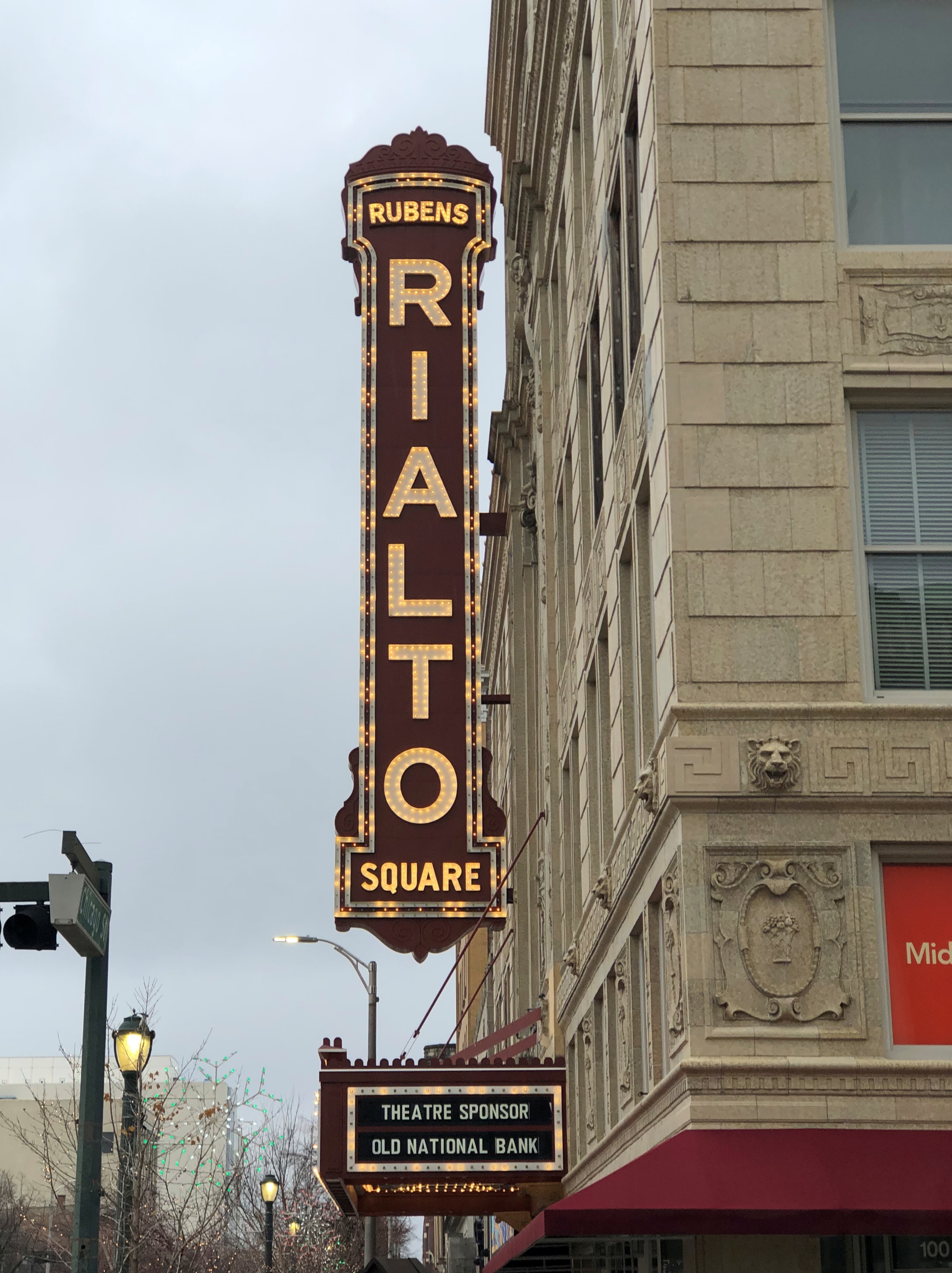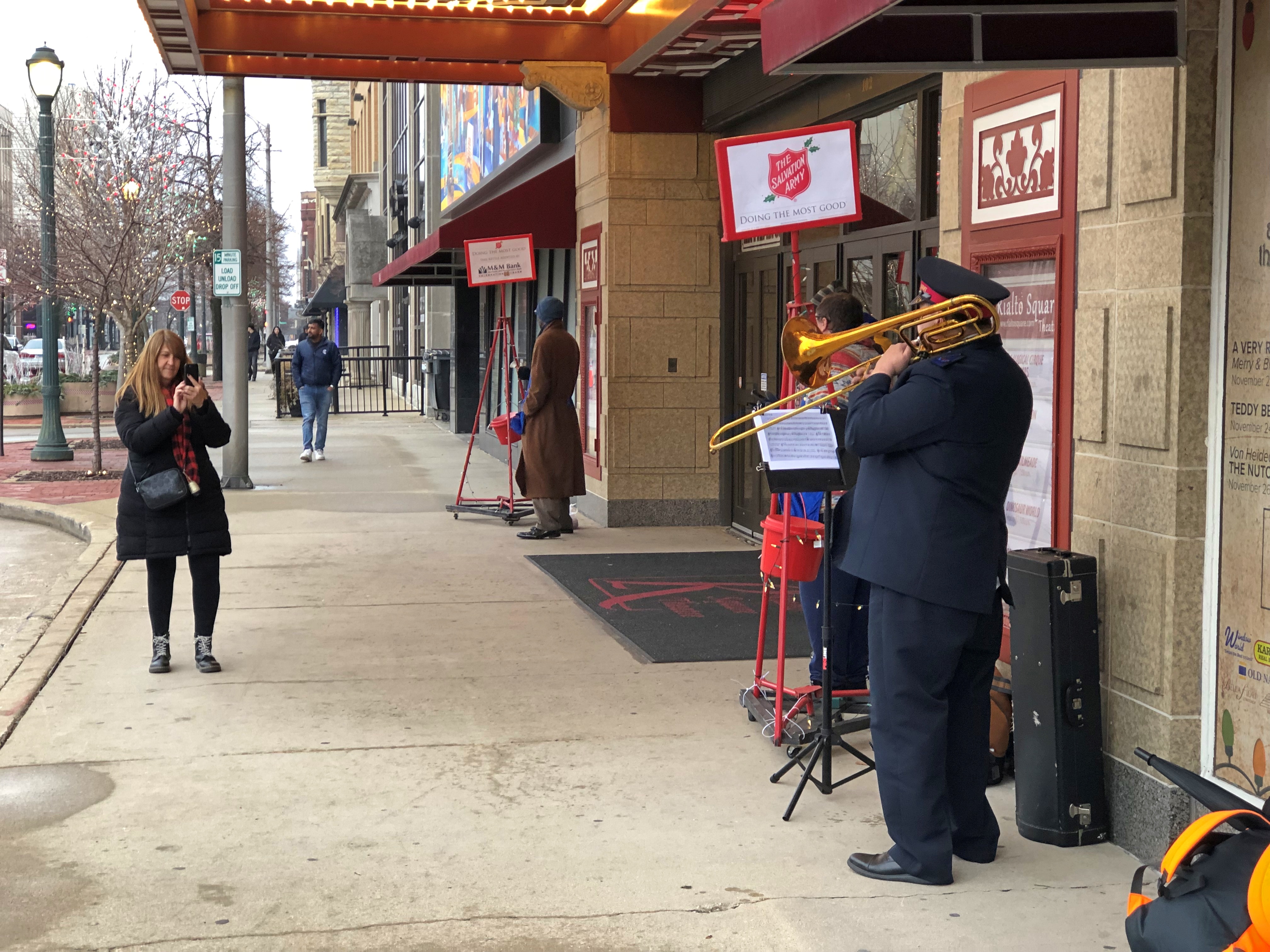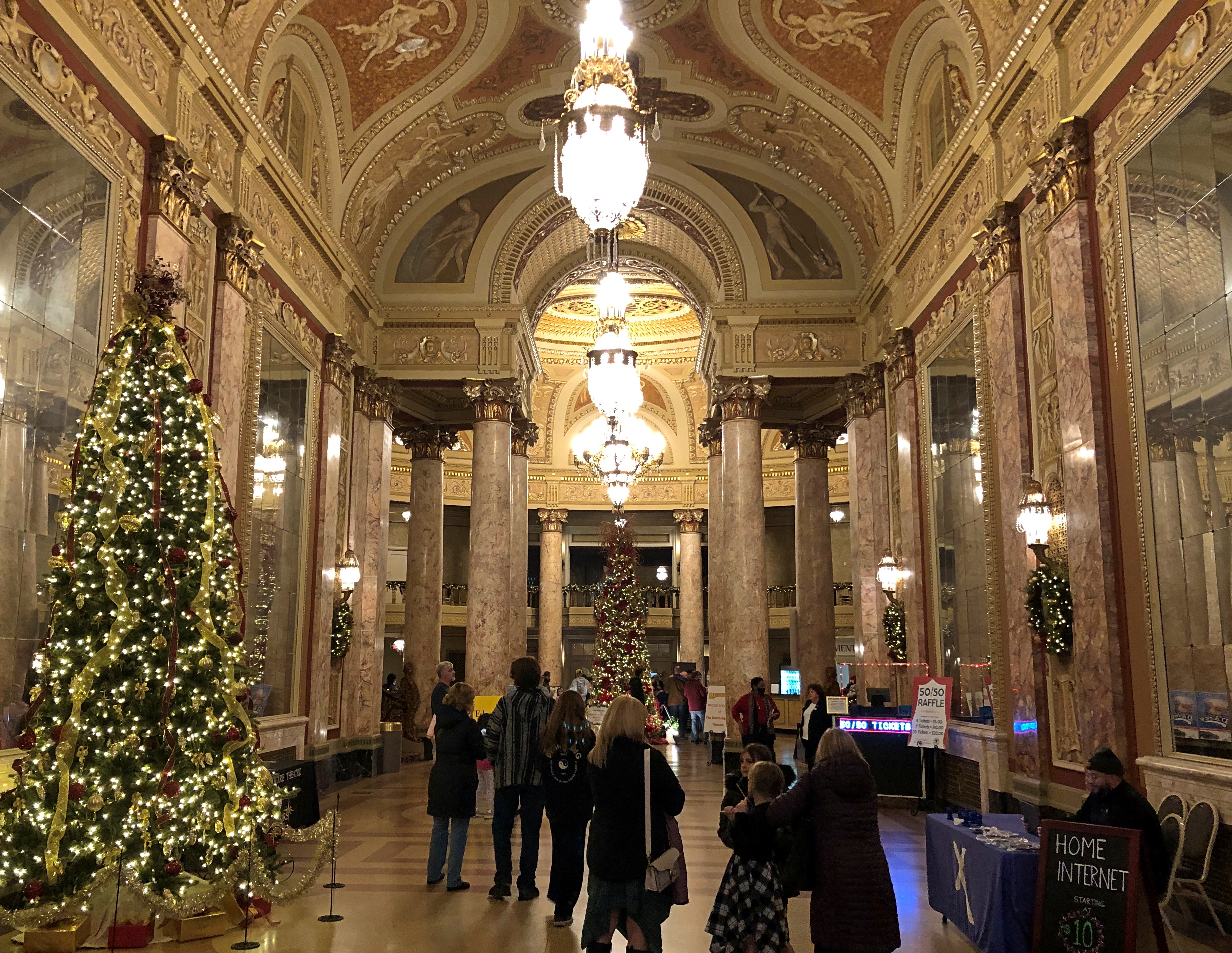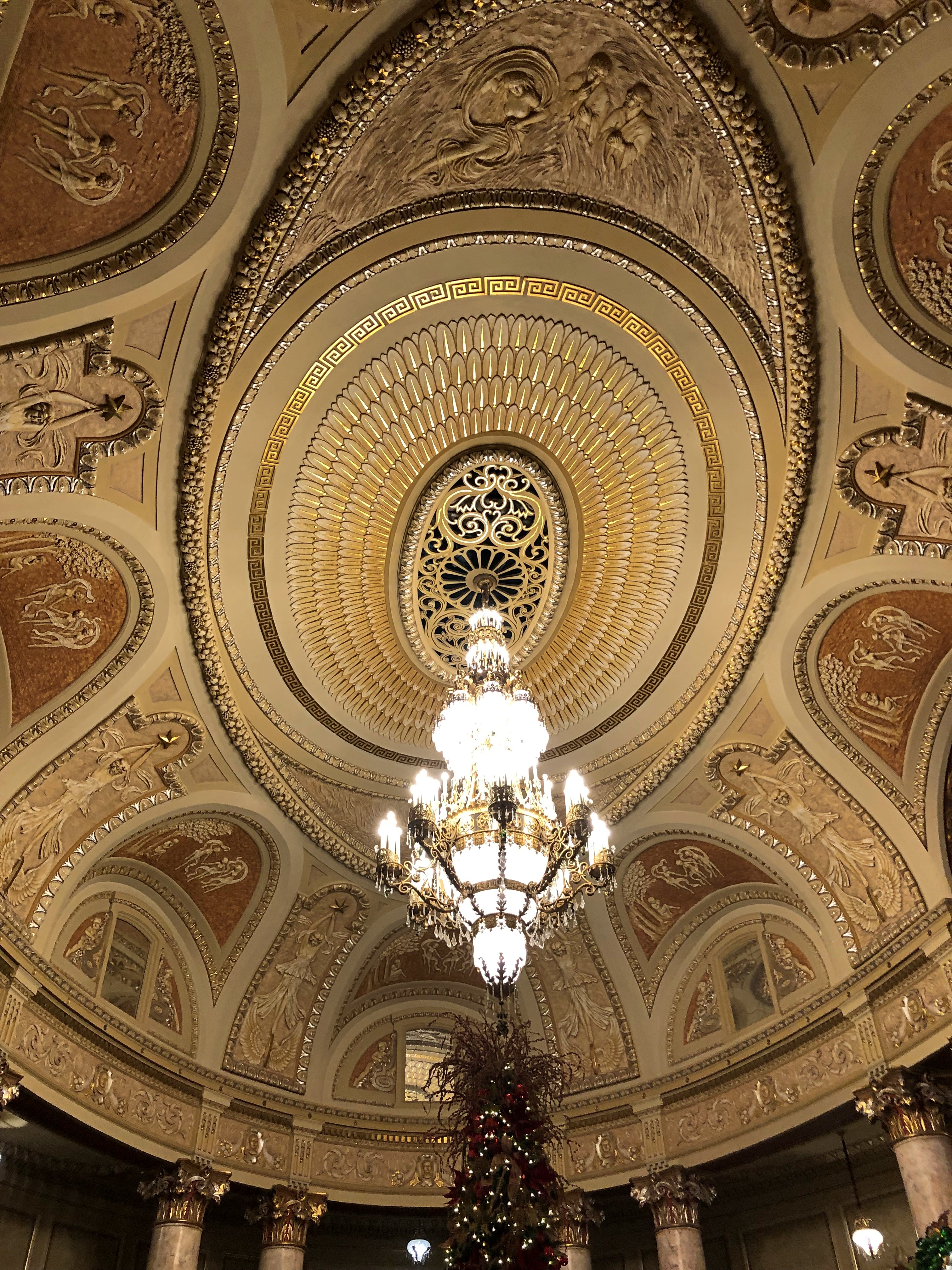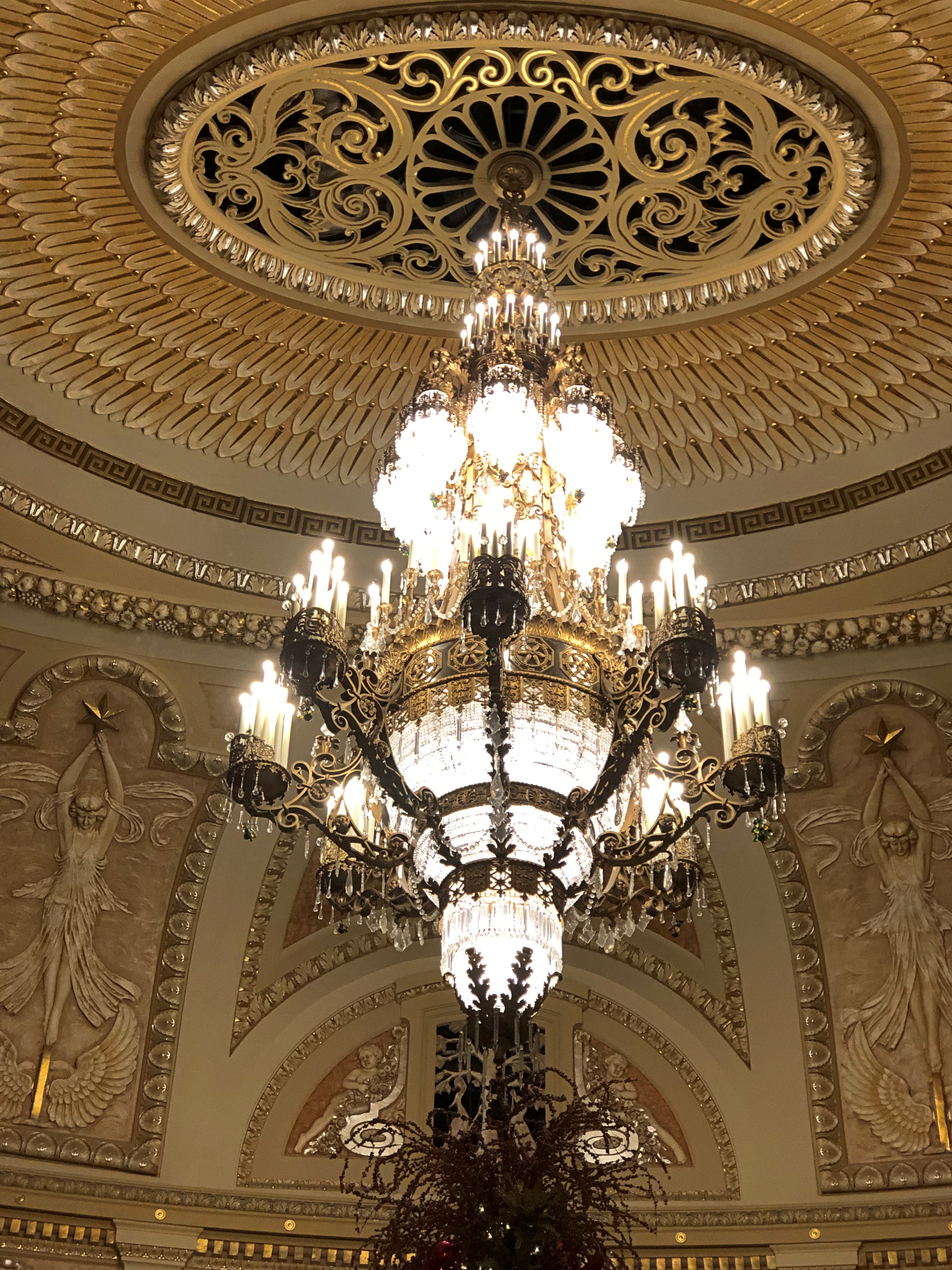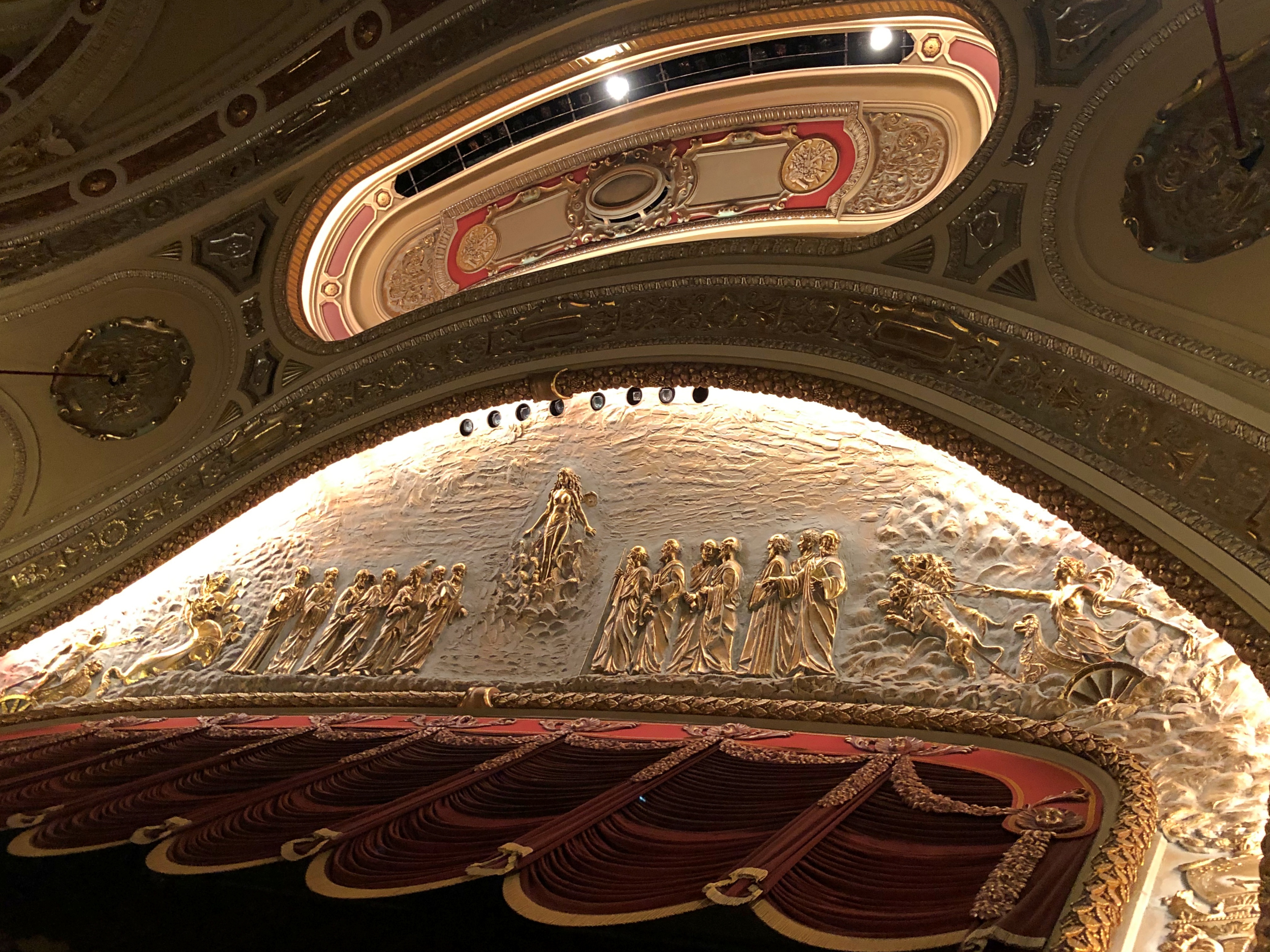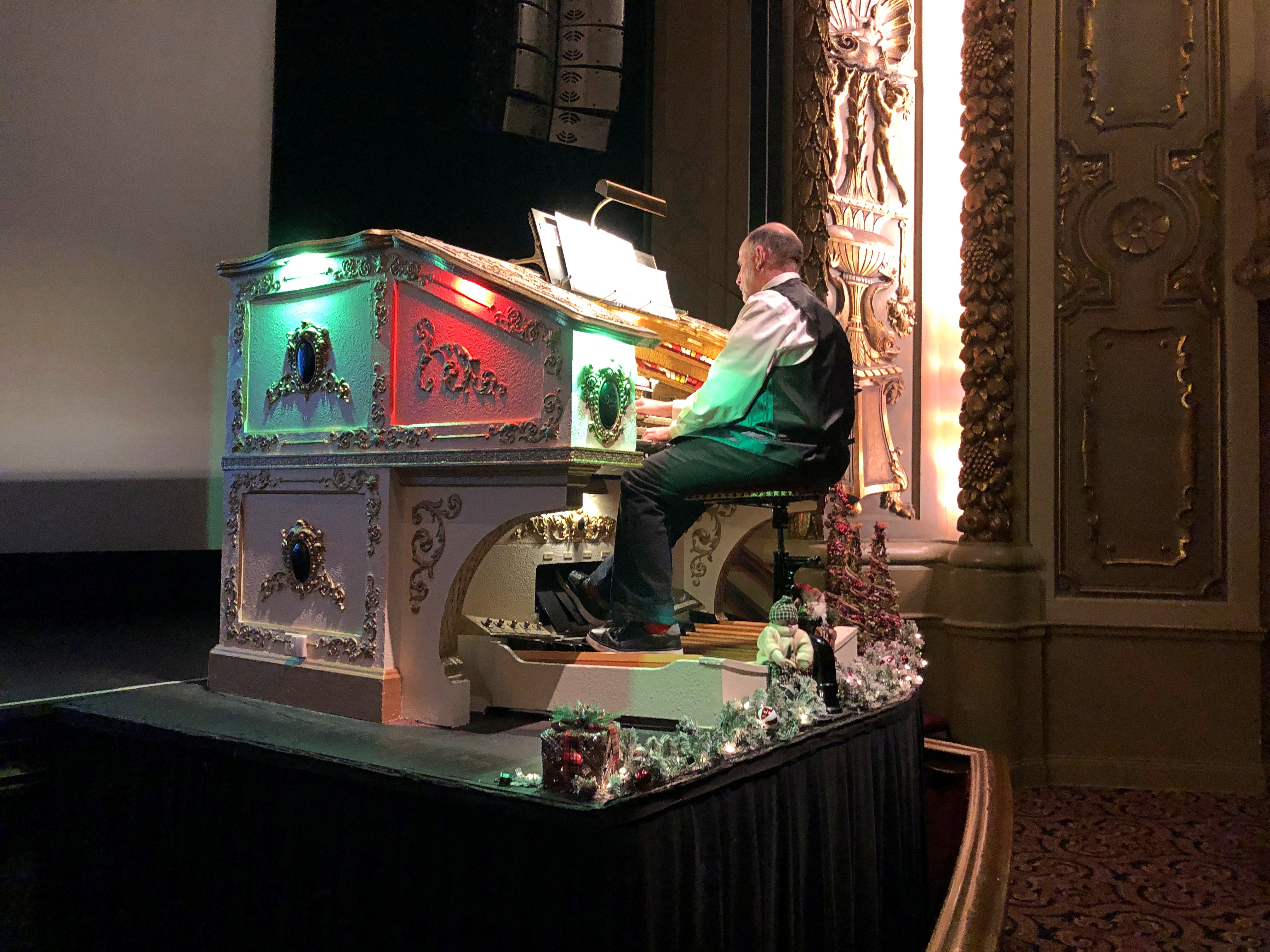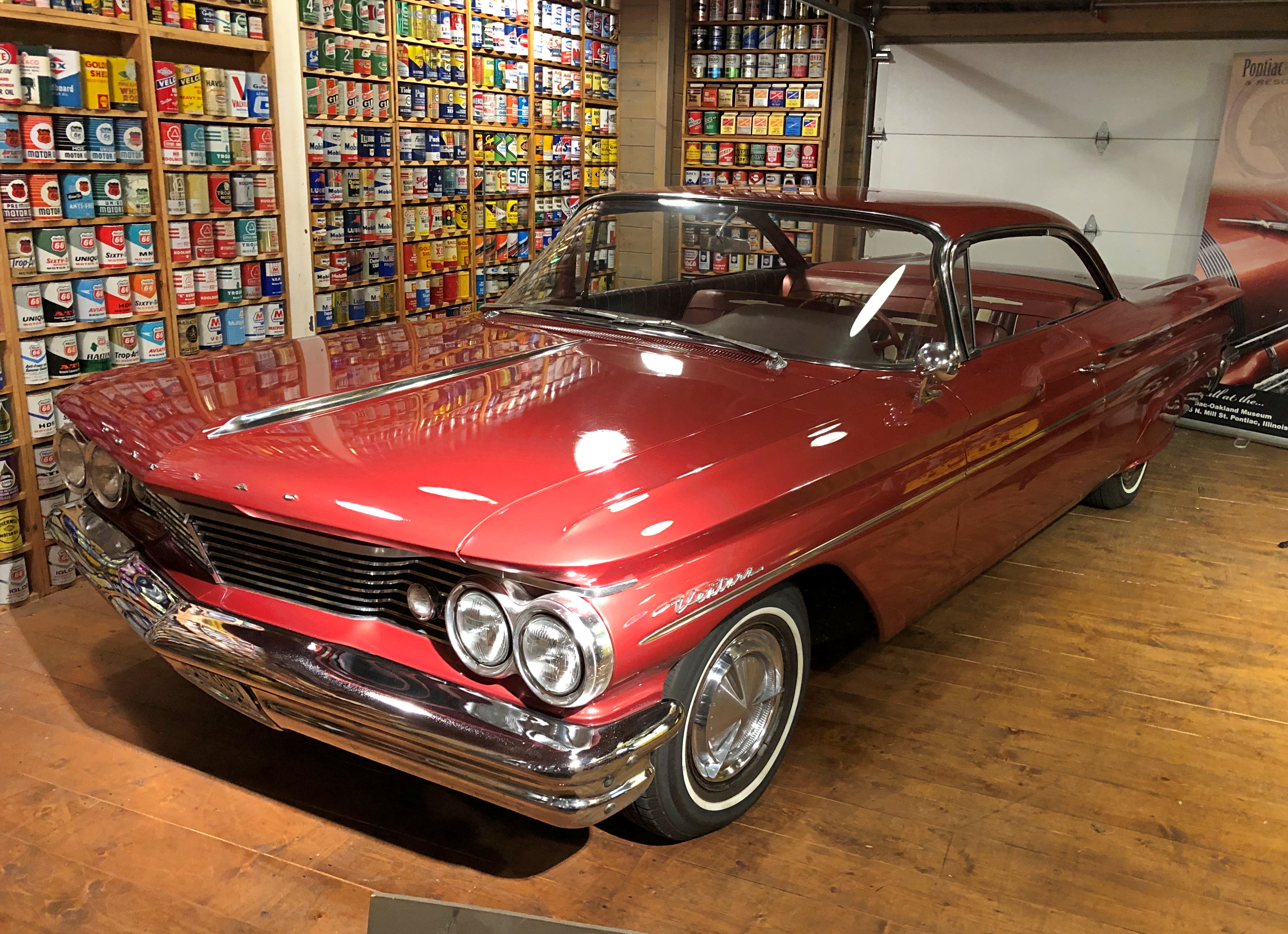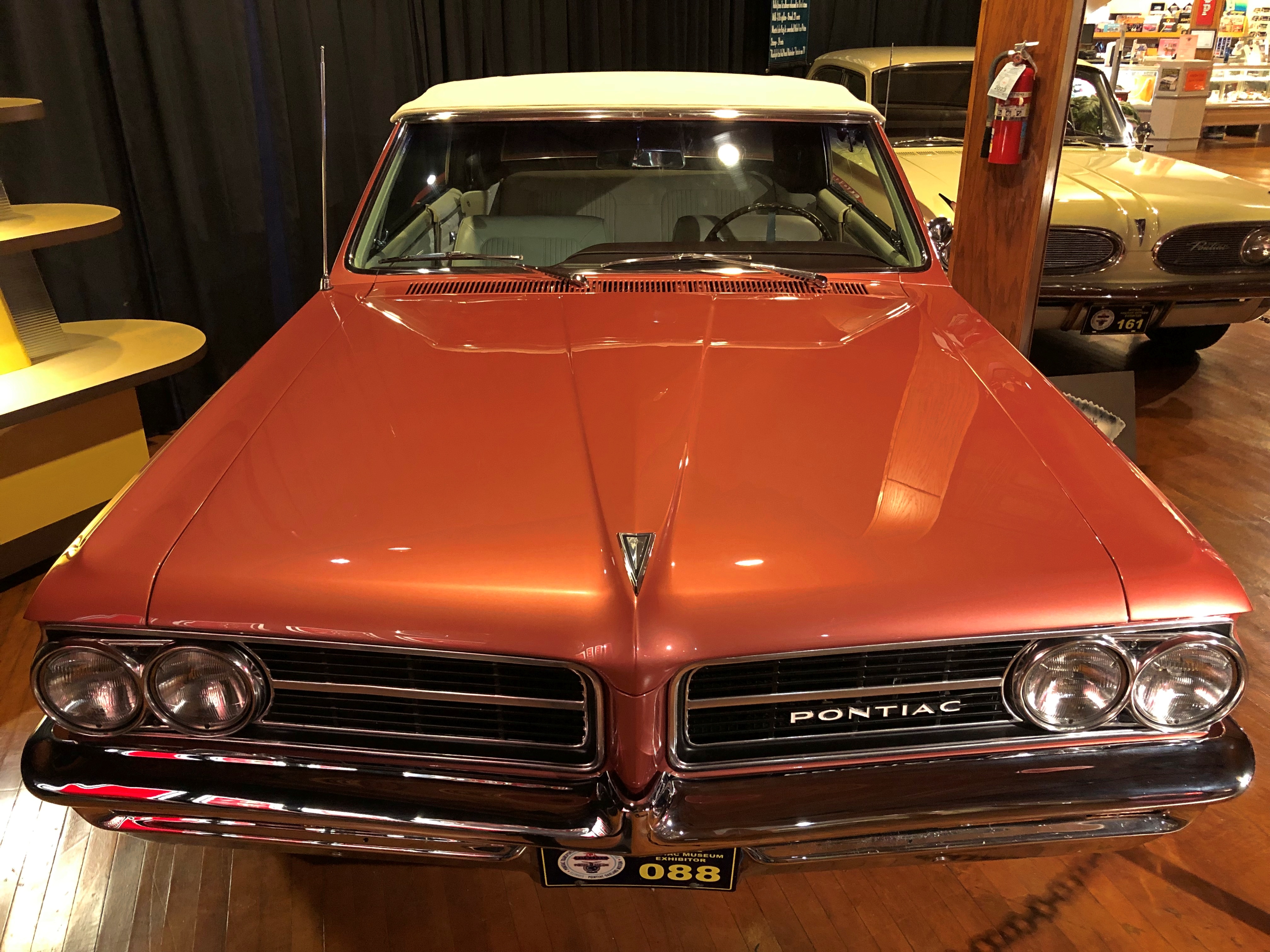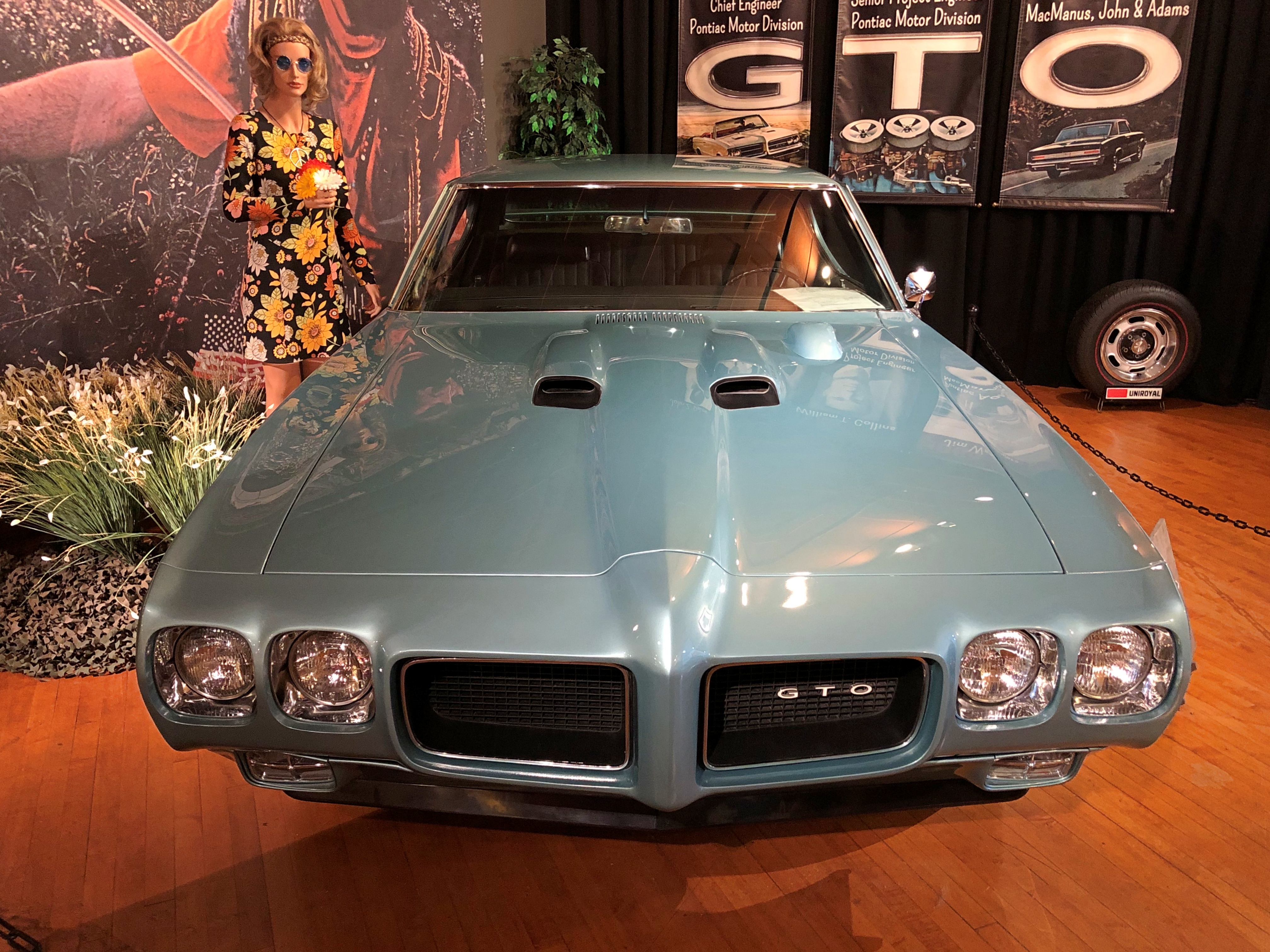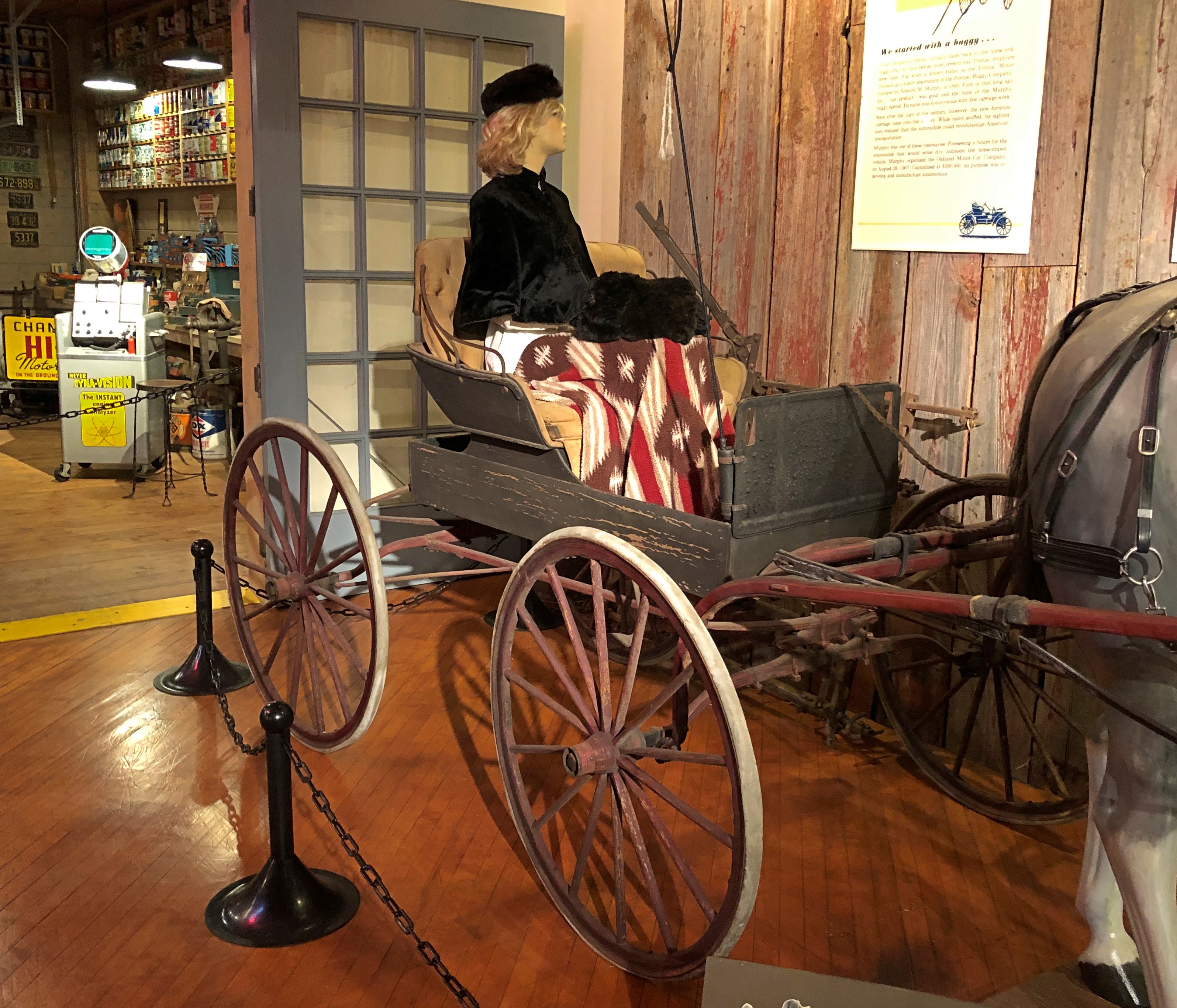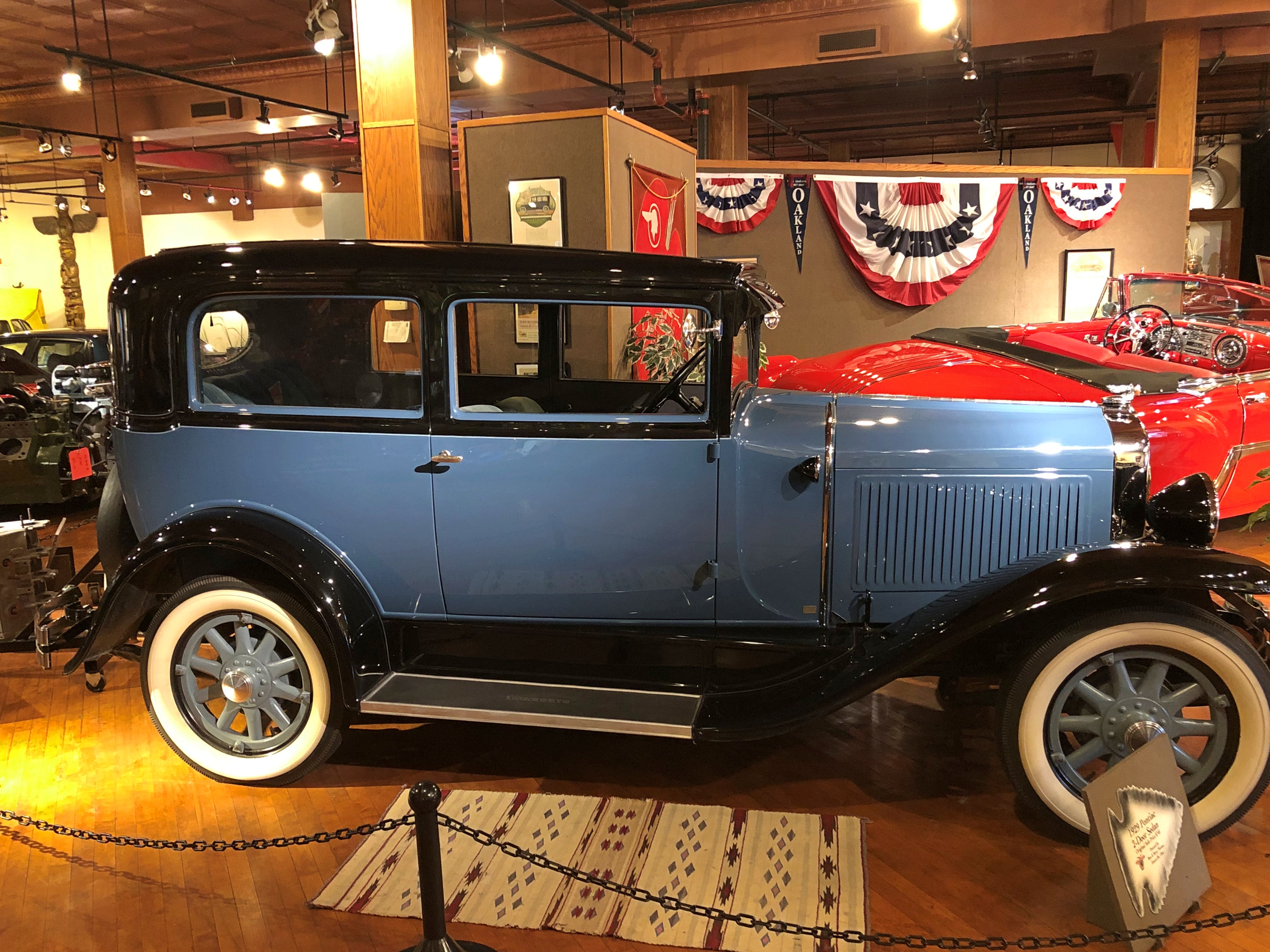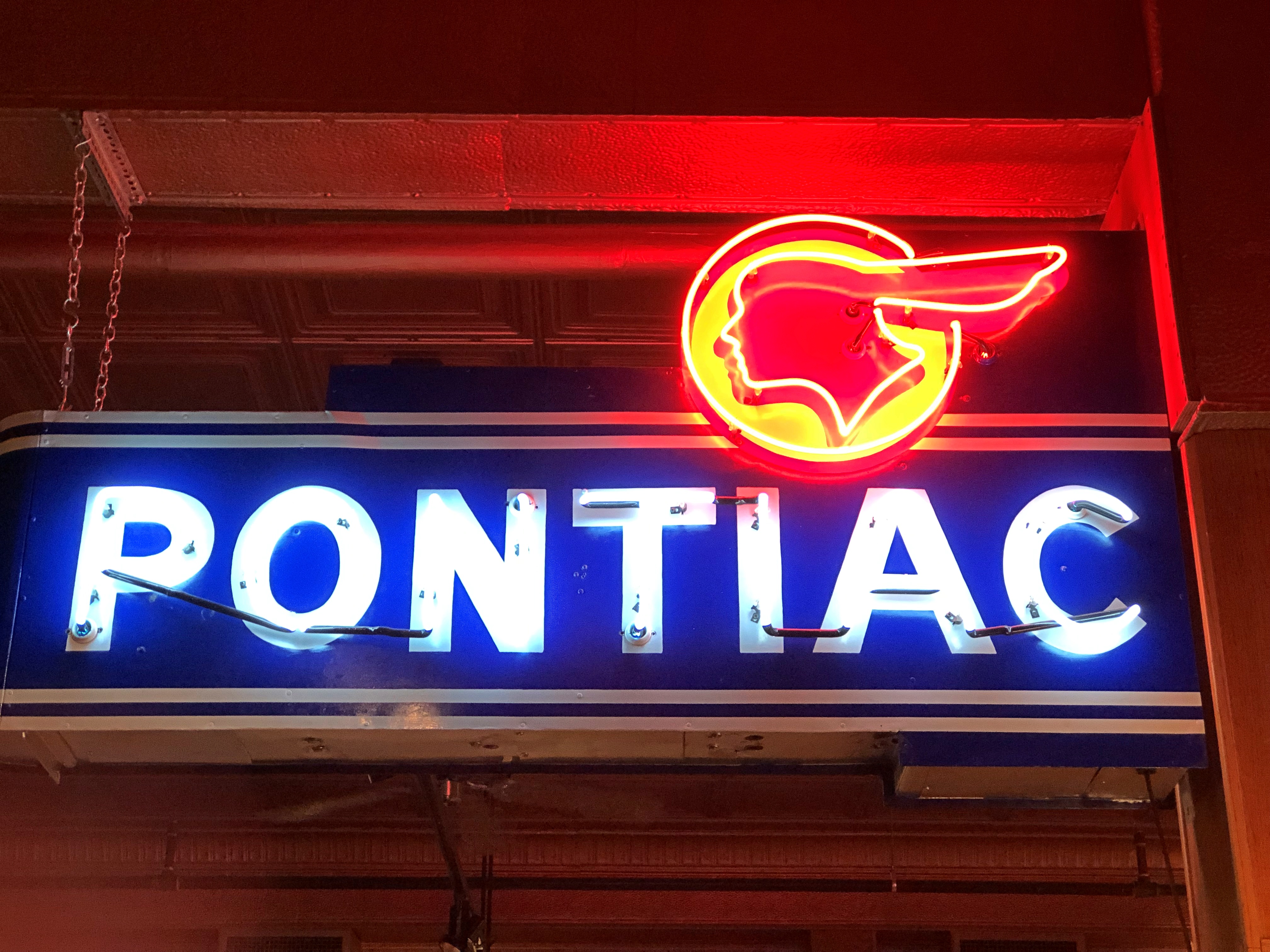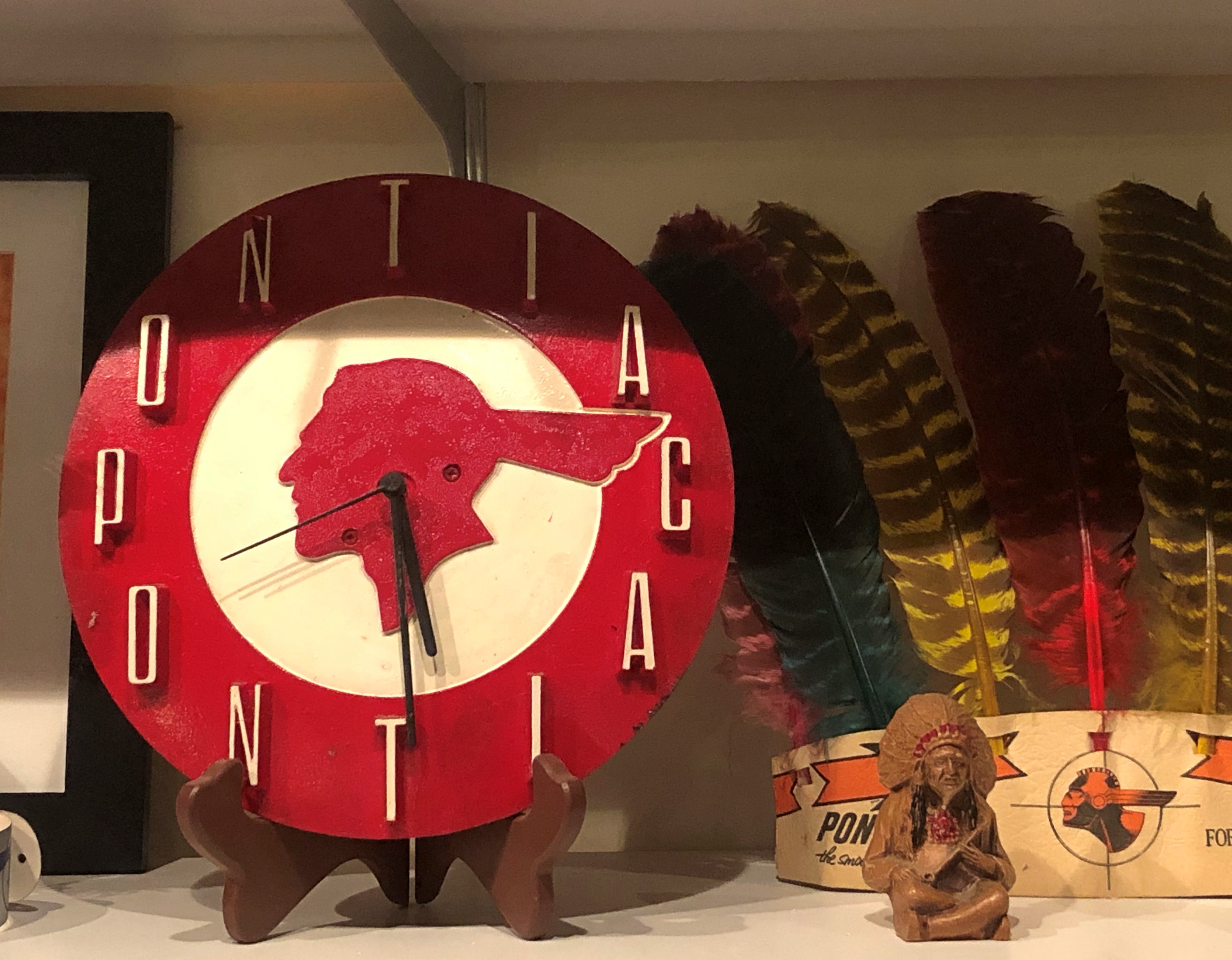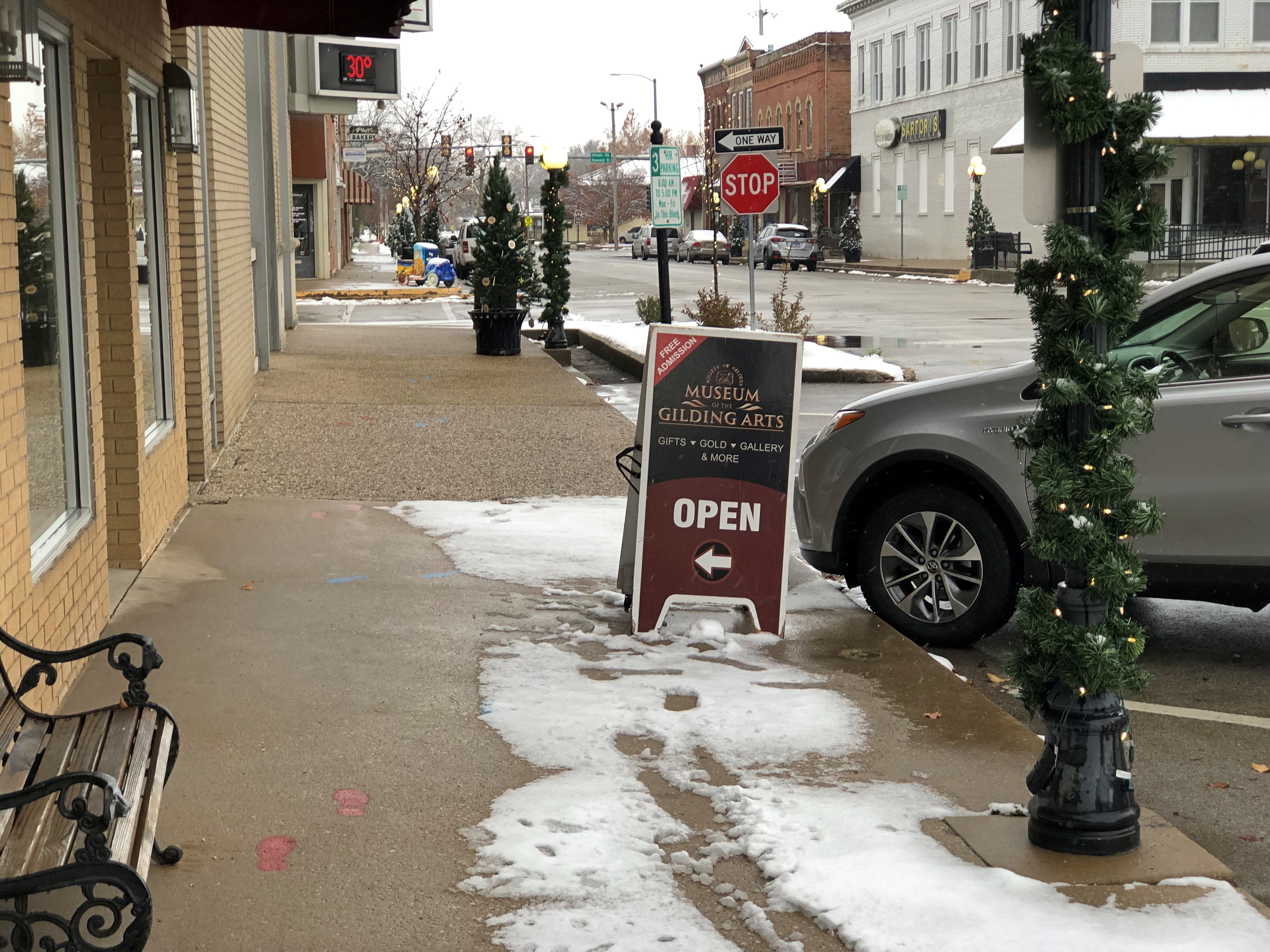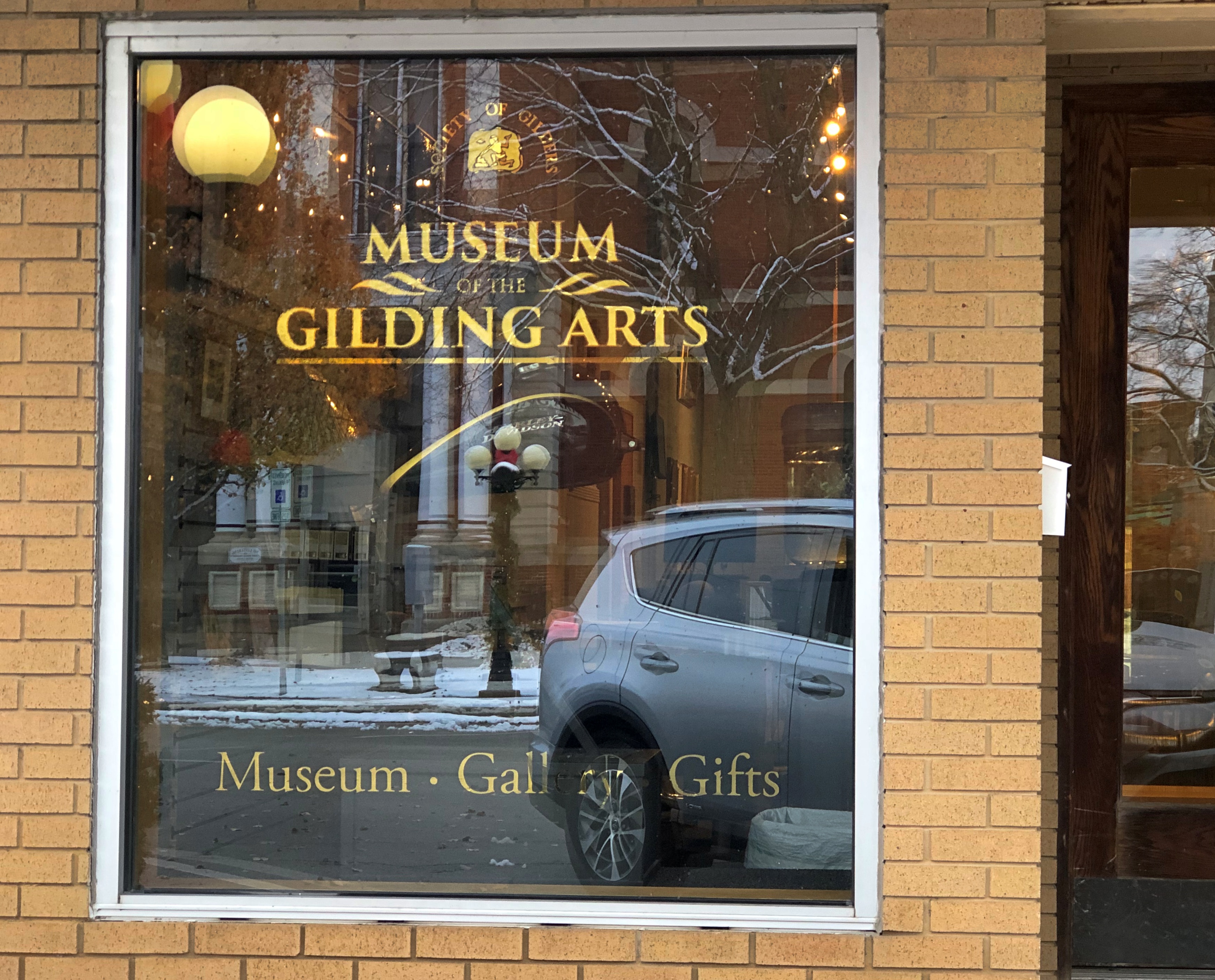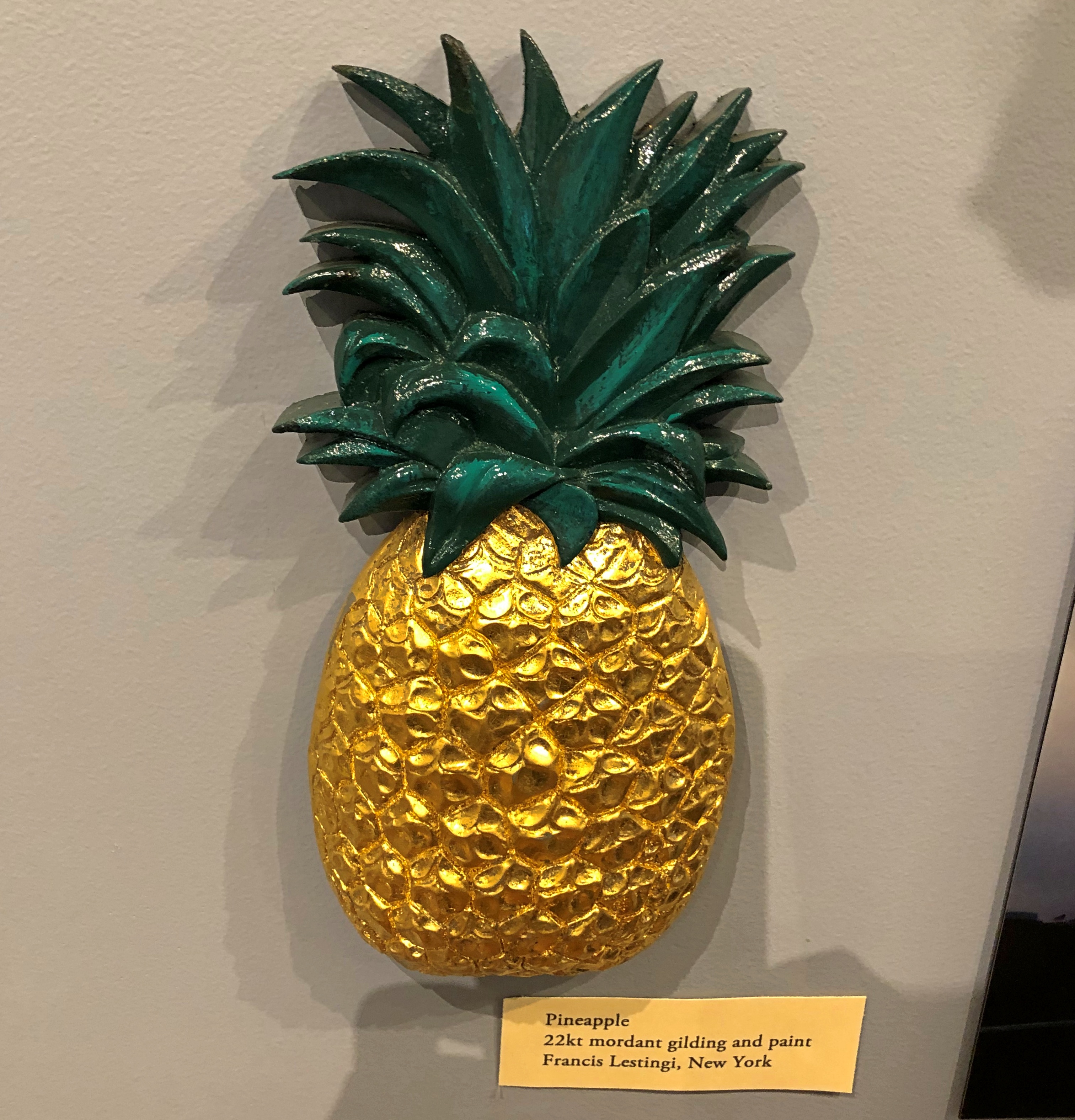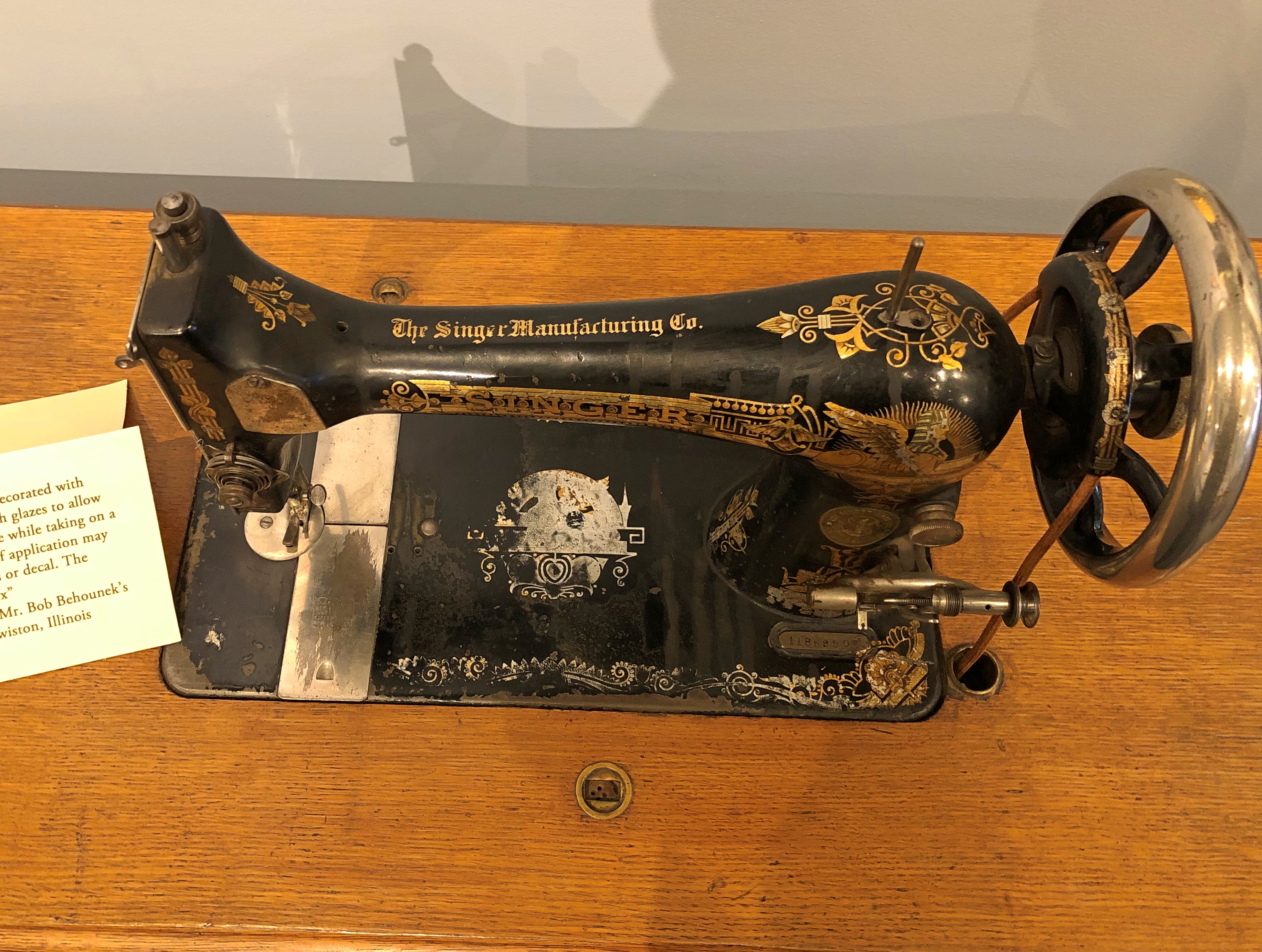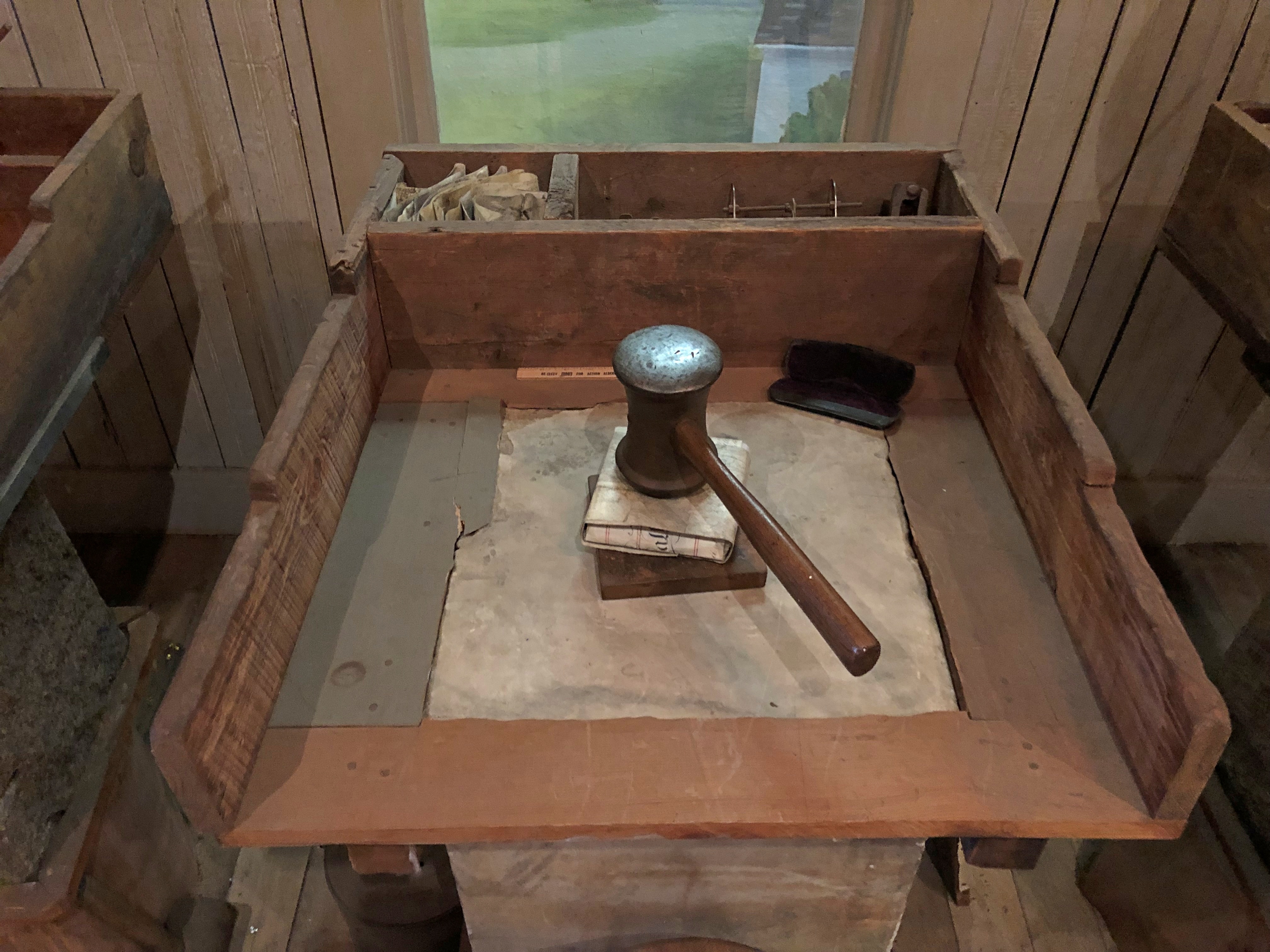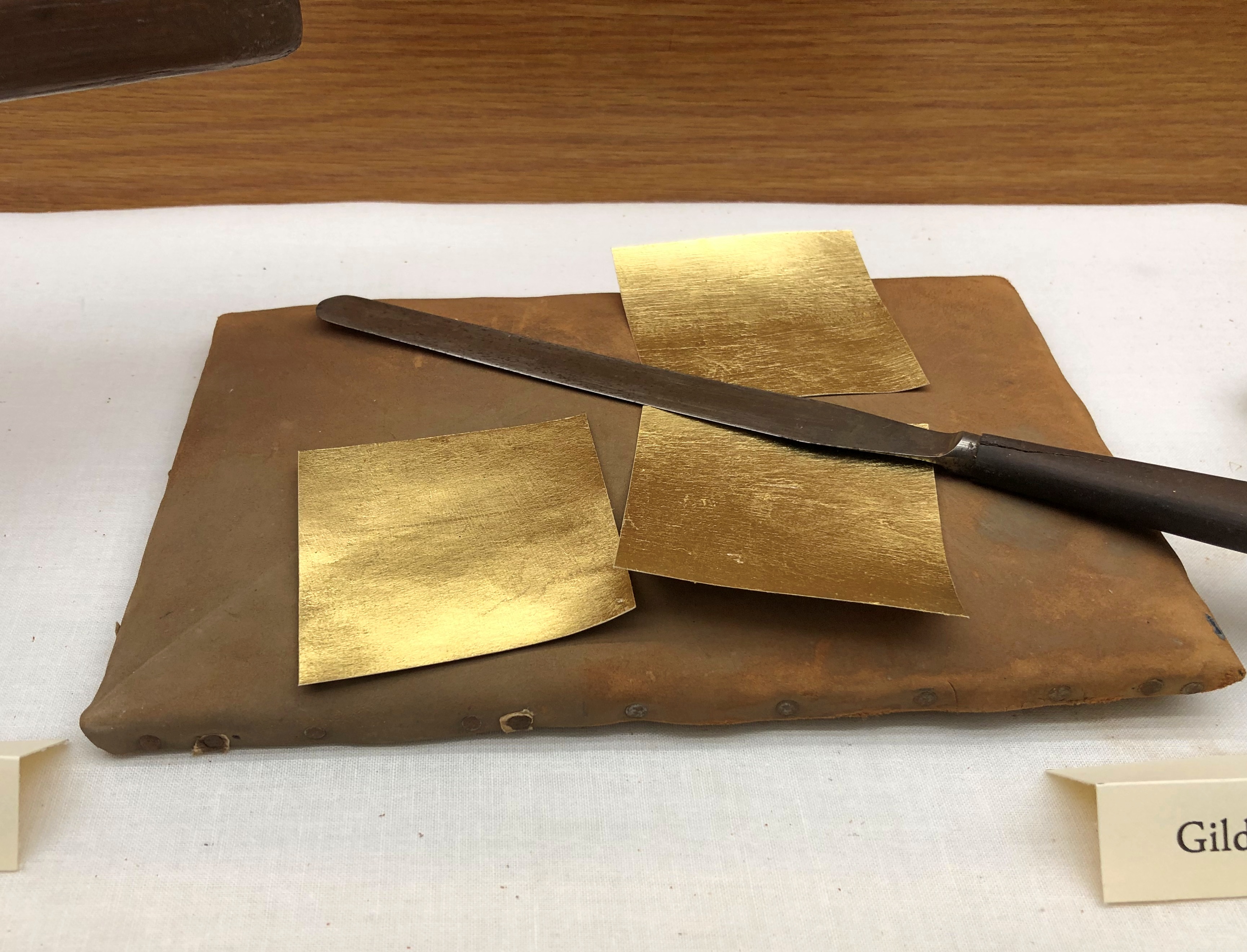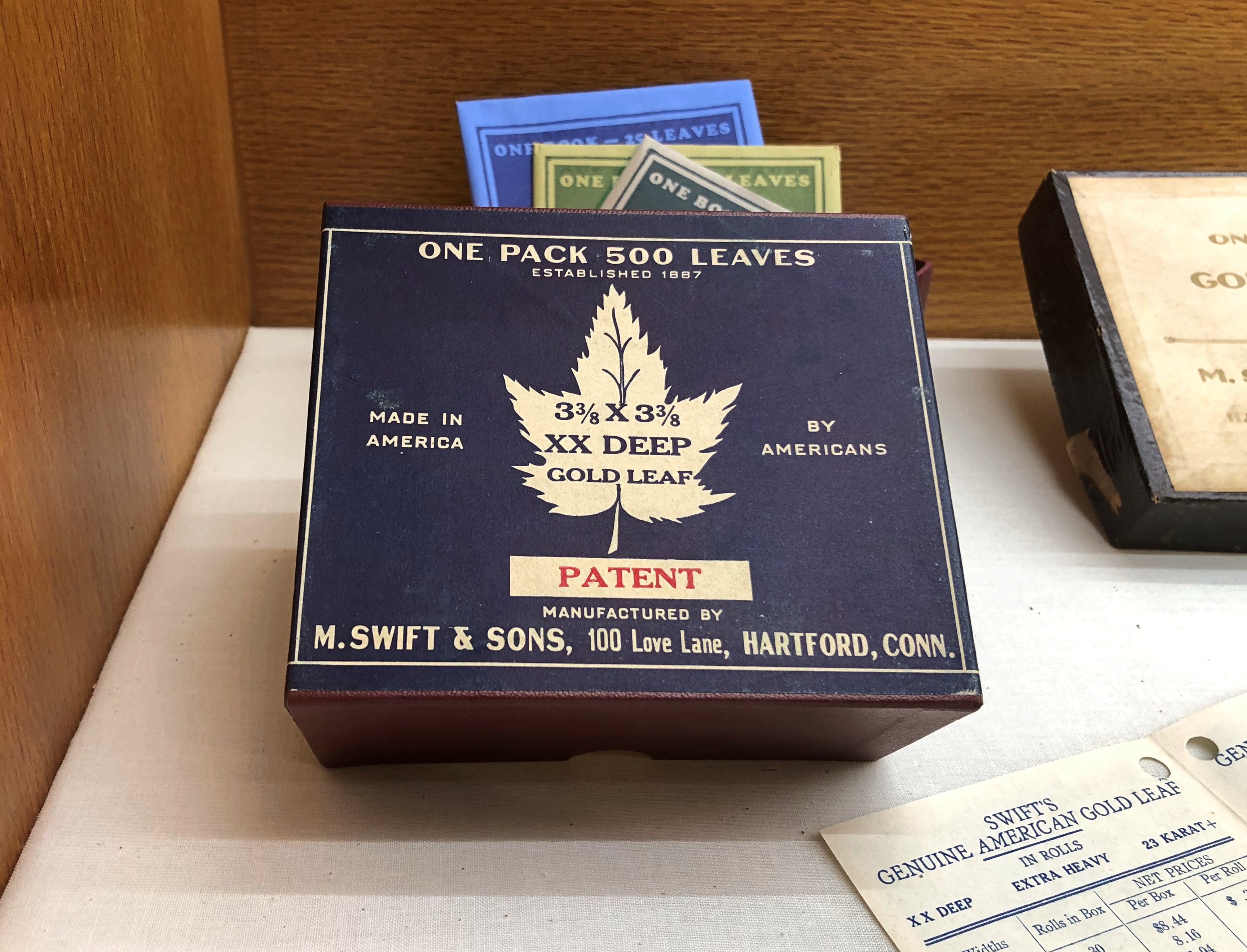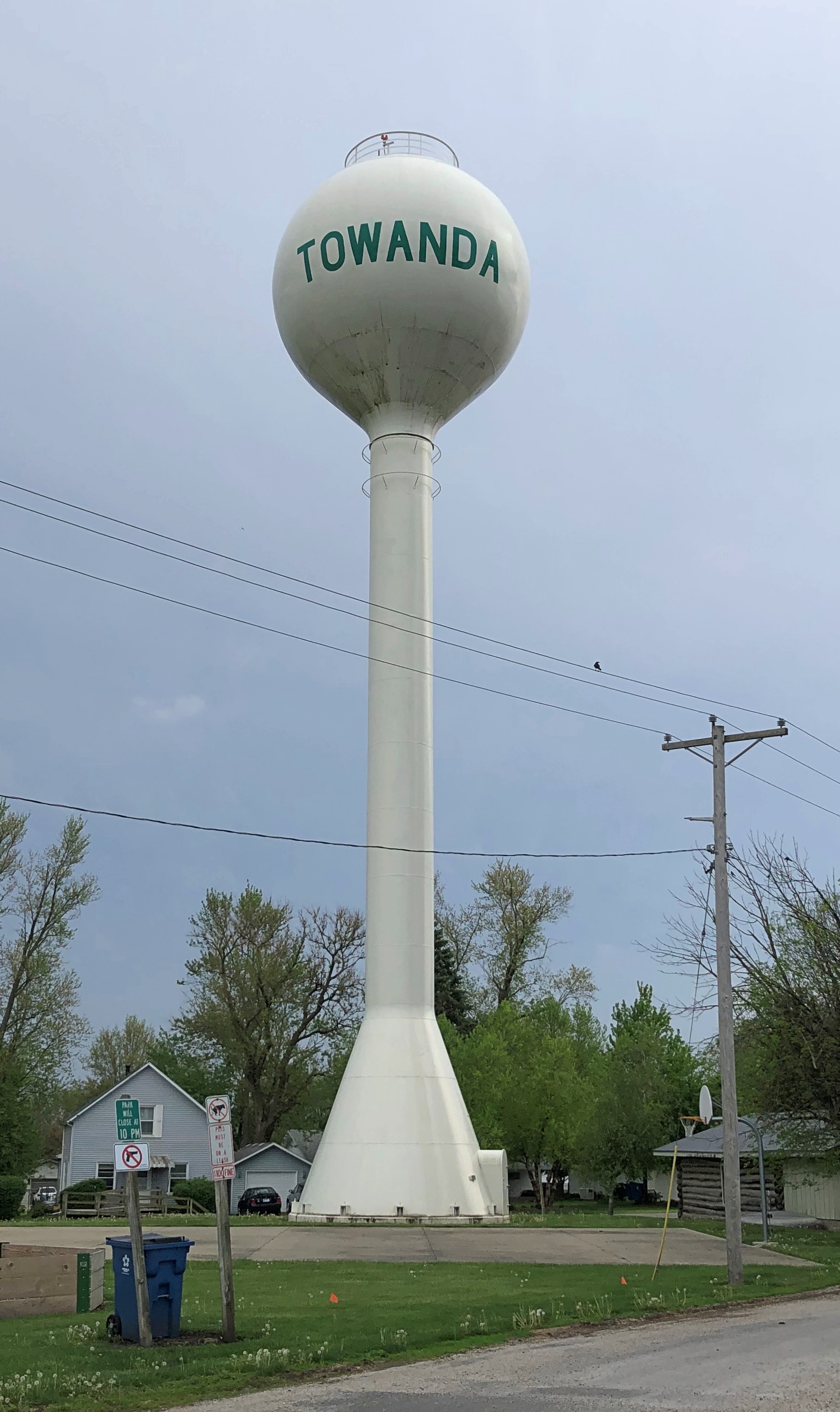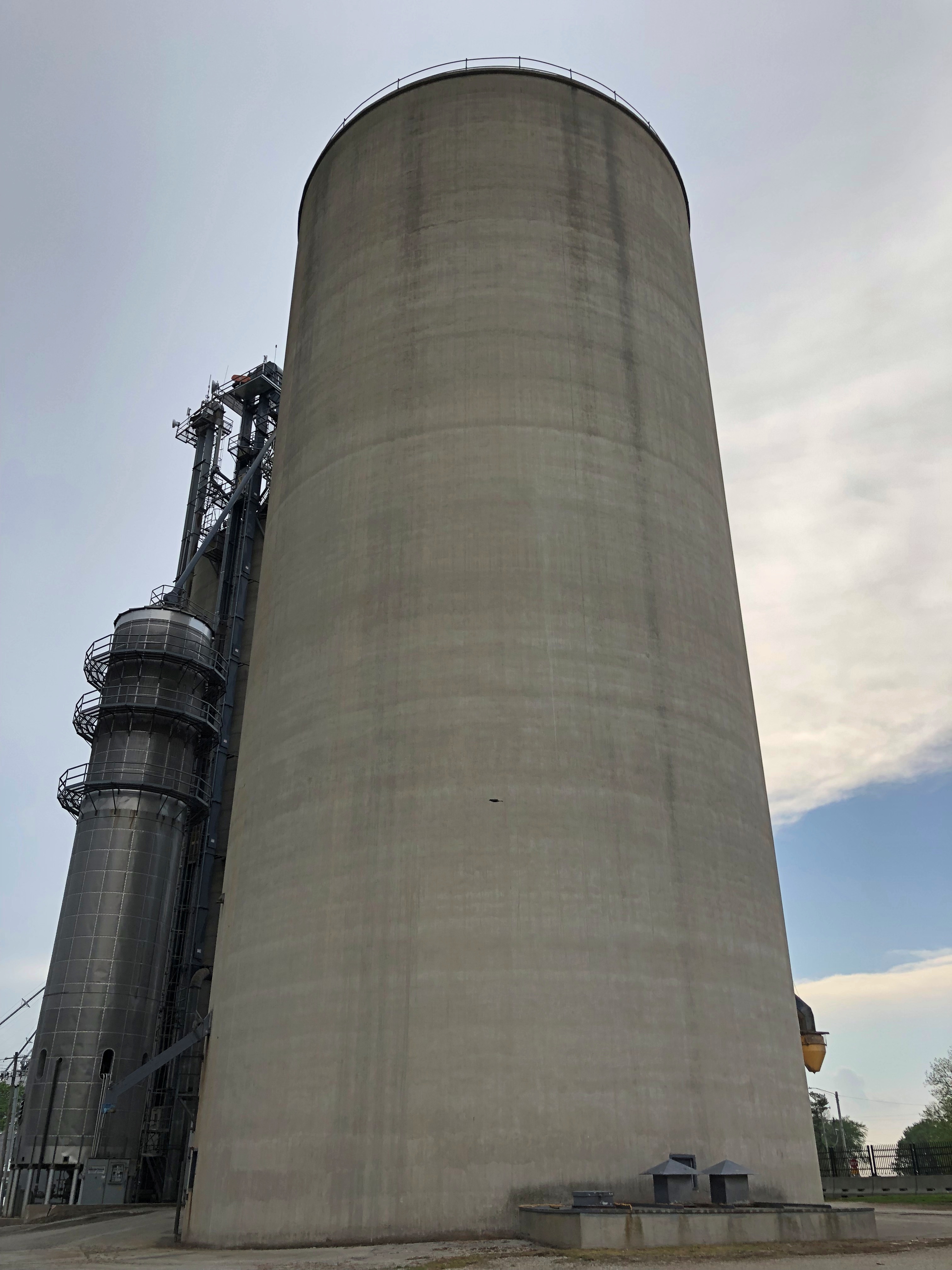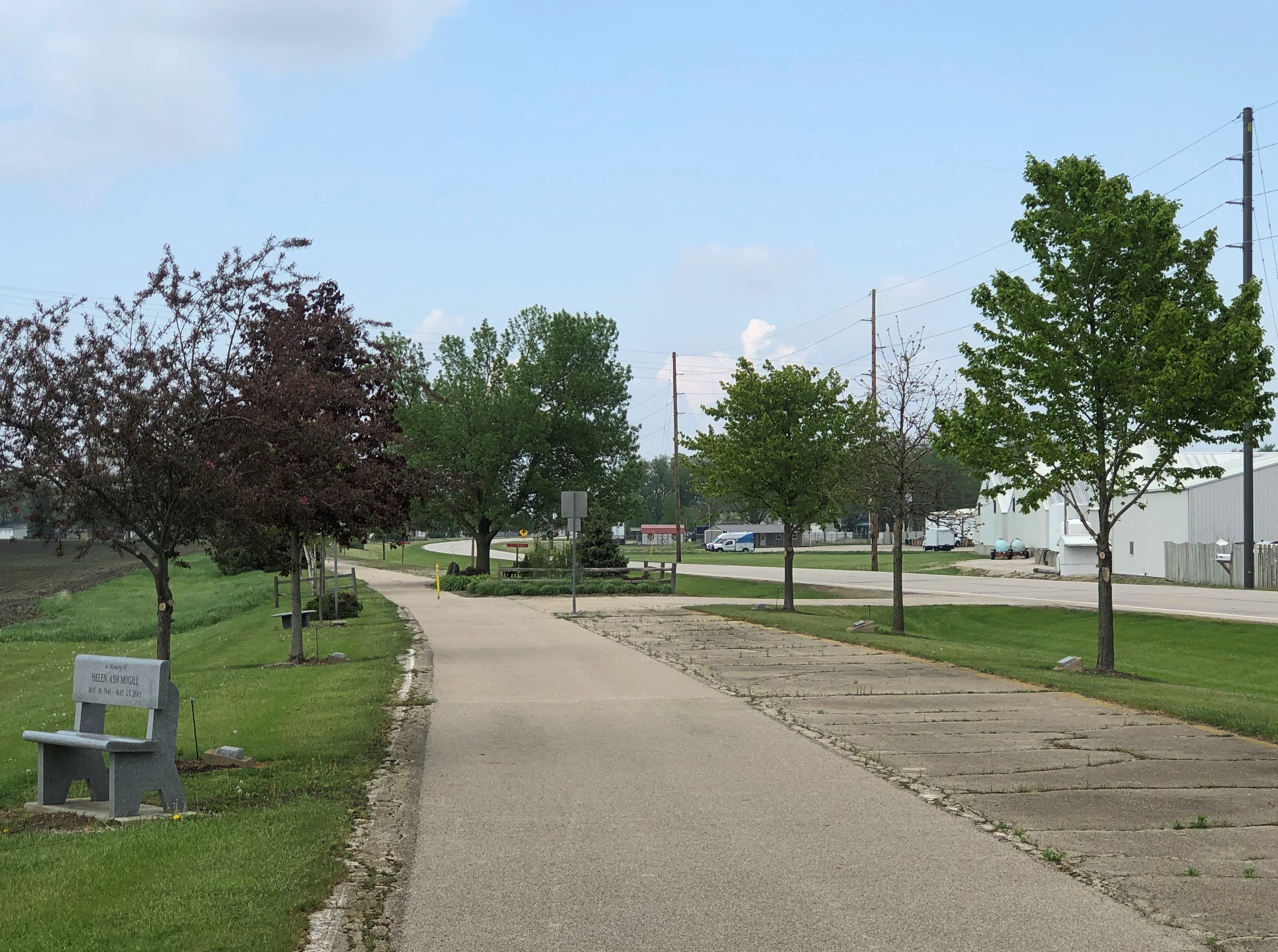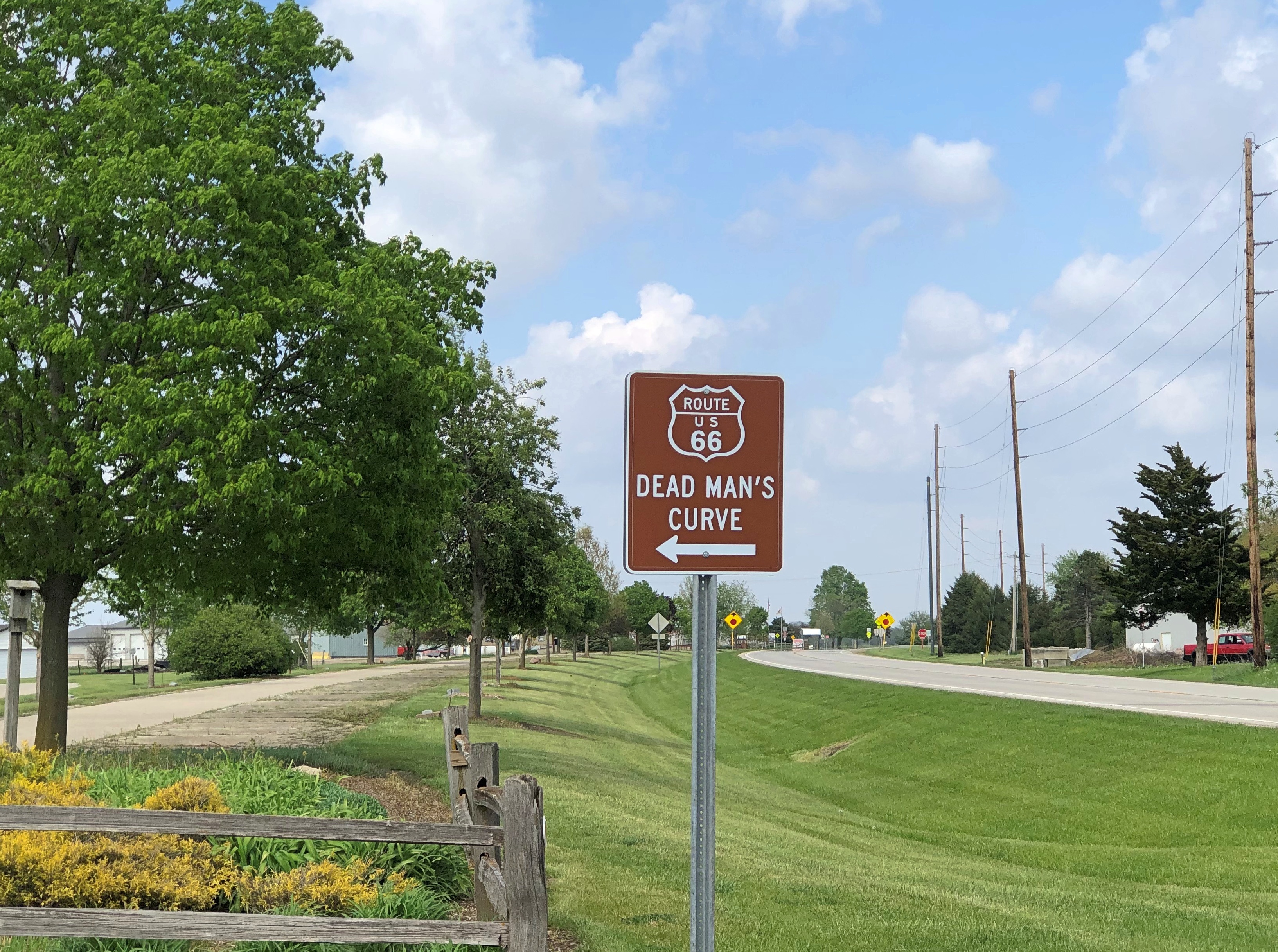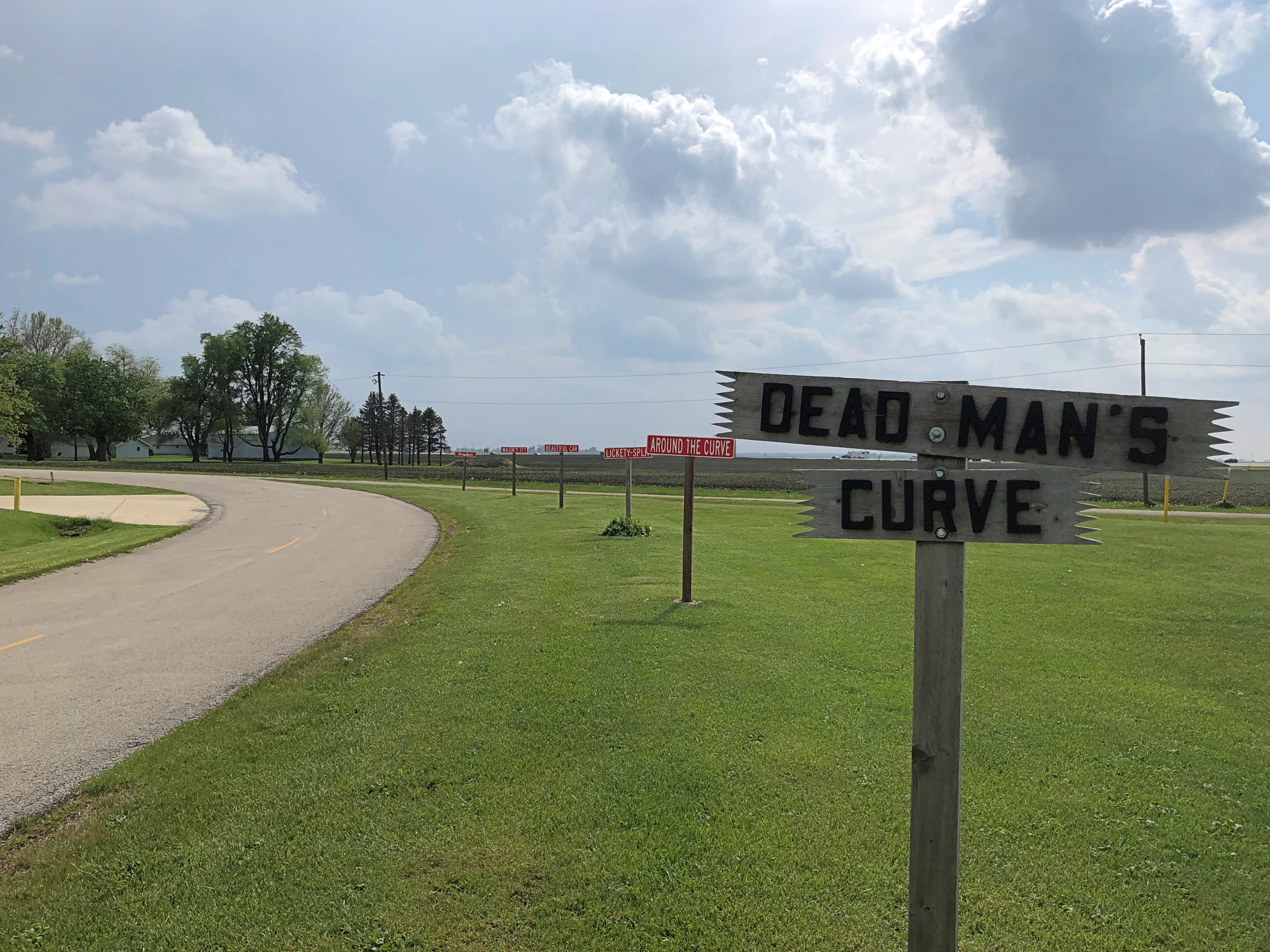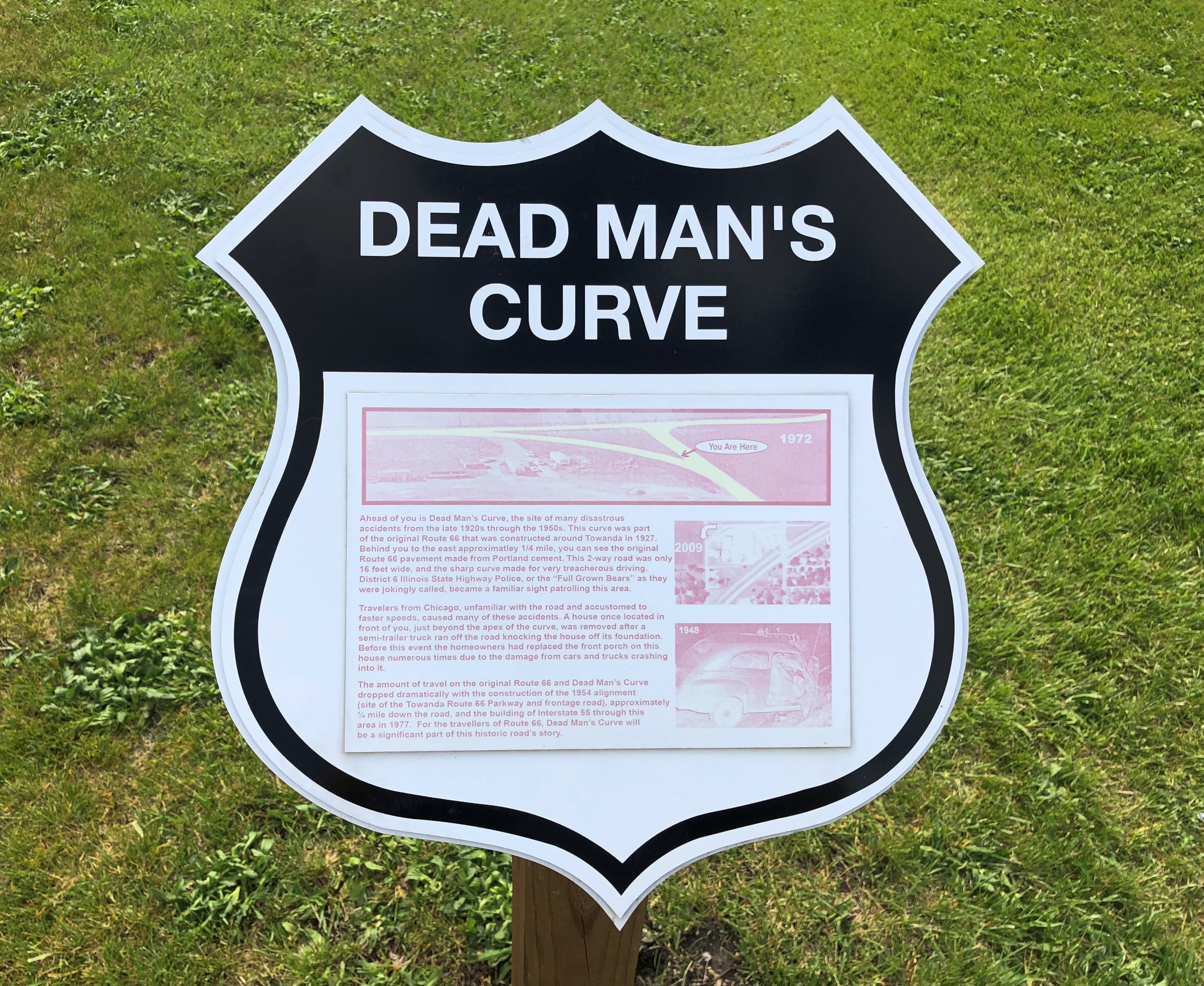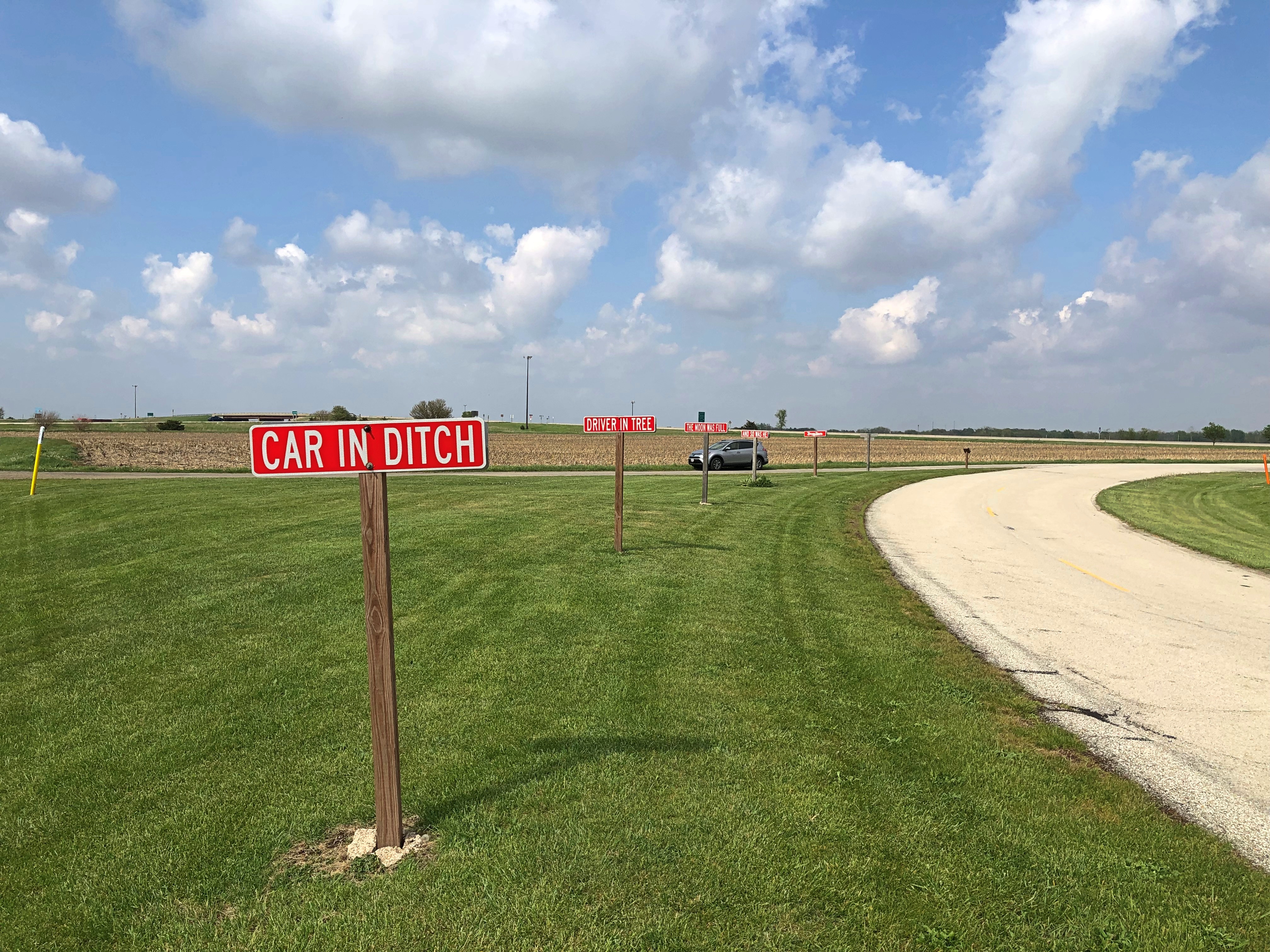The air was chilly, but still above freezing when Ann and I arrived in Joliet on Sunday just after noon. Not bad for December.
I’d never heard Joliet called the City of Champions, but there it was in a new-looking mural facing one of downtown’s parking lots. The city’s web site says, unhelpfully, that “[Joliet] is known as the ‘City of Champions’ for it’s [sic] world class bands. Music, art, theatre and history are found throughout the city.”
A line vague enough that could have been AI generated, except that a robot writer probably wouldn’t use it’s for its. That’s a human-style mistake. Just a hunch.
Champions or not, Joliet was a prosperous place once upon a time, and its downtown reflects that. The city could well be a growth hub again someday, once the Sunbelt gets just a little too sunny, but that’s a discussion for another time.
Rather than put it in a park, Joliet situated this sizable tree on the edge of a parking lot, near a dry fountain that I hope runs in the warm months. The tree does make the spot look a little less forlorn.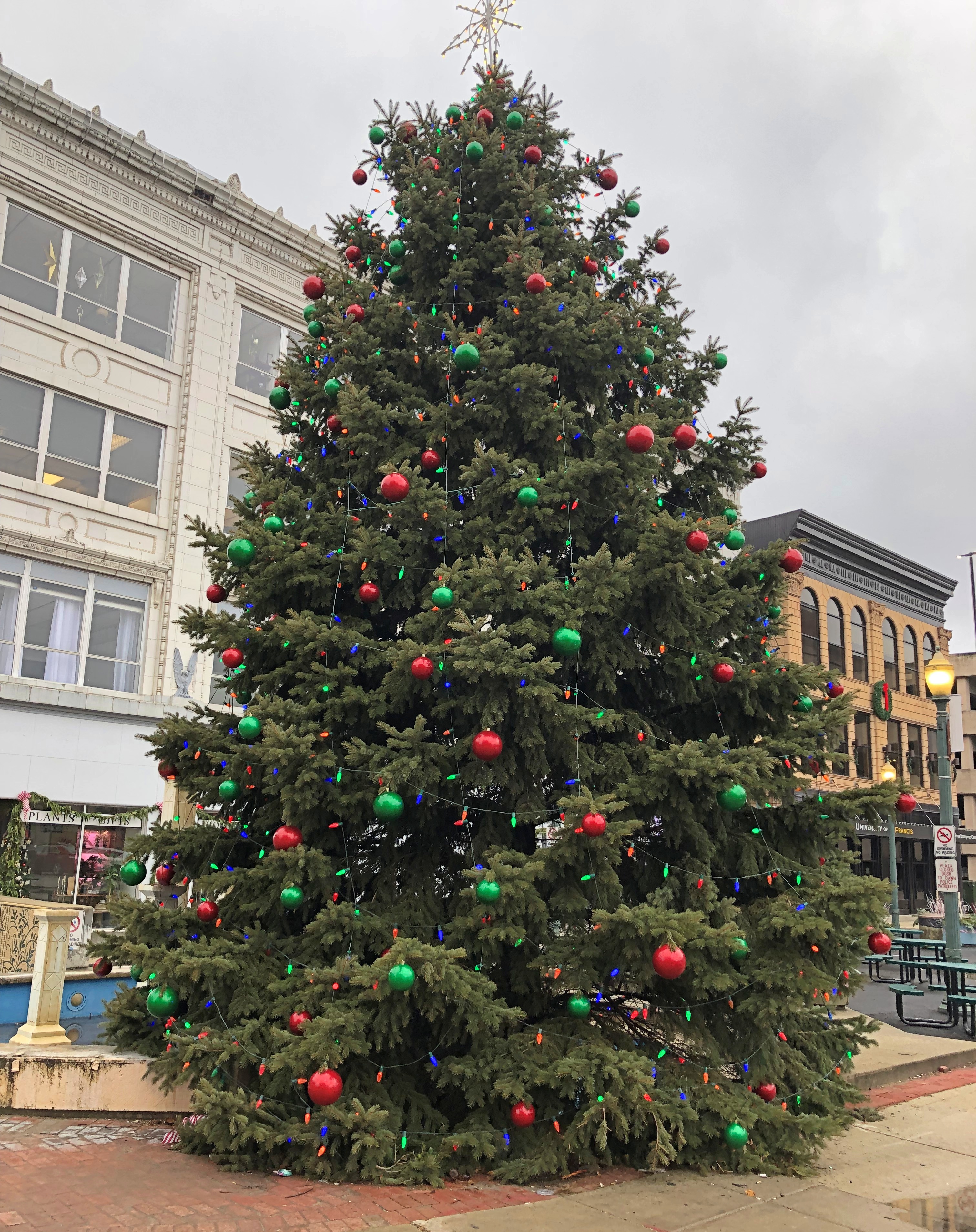
Downtown Joliet sports some interesting buildings, and we spent a few minutes taking a look. Such as a bank building from a pre-FDIC time when banks dwelt in sturdy-looking edifices with Corinthian columns.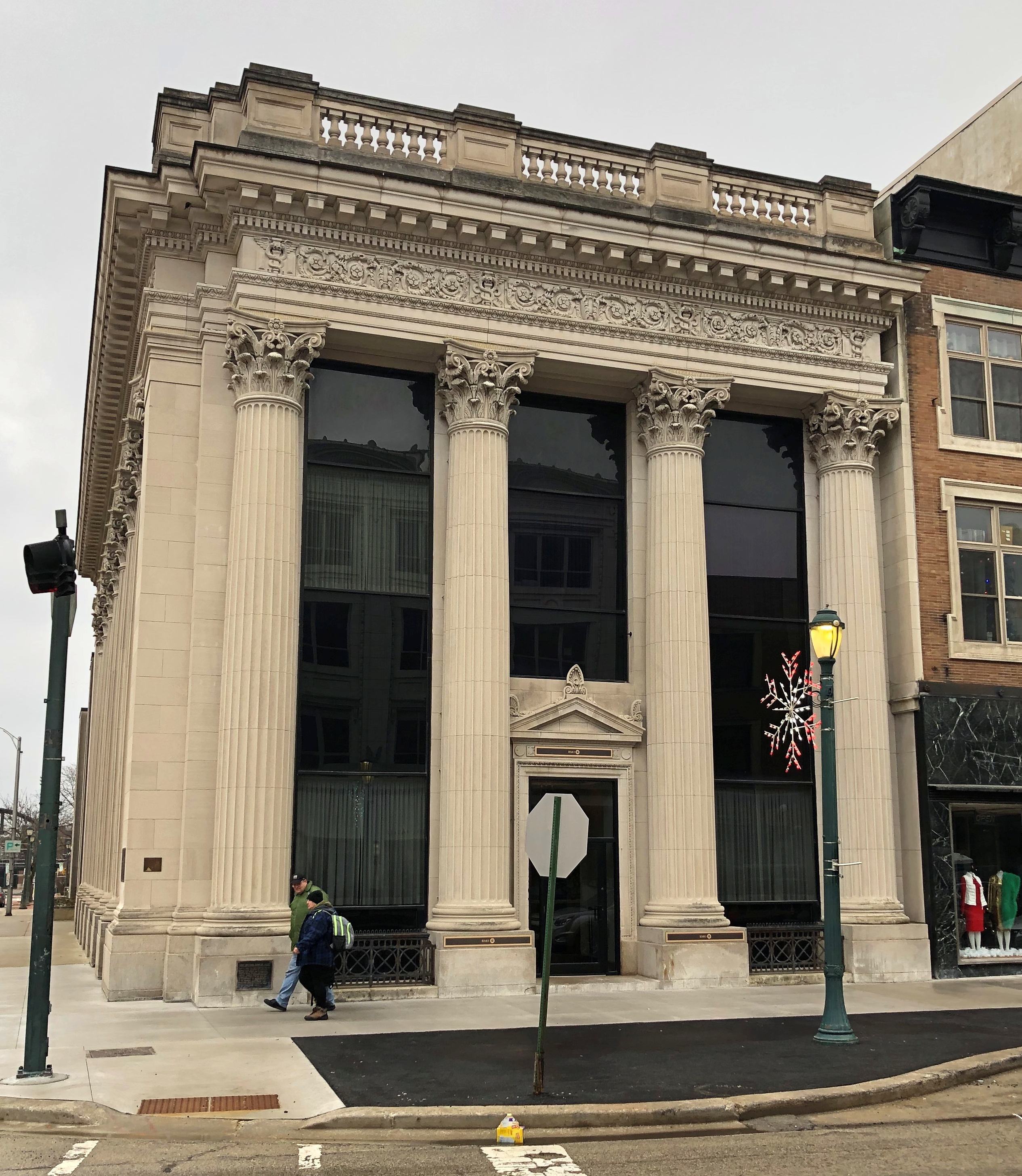
Dating from 1909 with a design by Mundie & Jensen of Chicago, most of whose work wasn’t far from the metro area. It’s still a bank, incidentally.
Nearby are other works of similar vintage. 
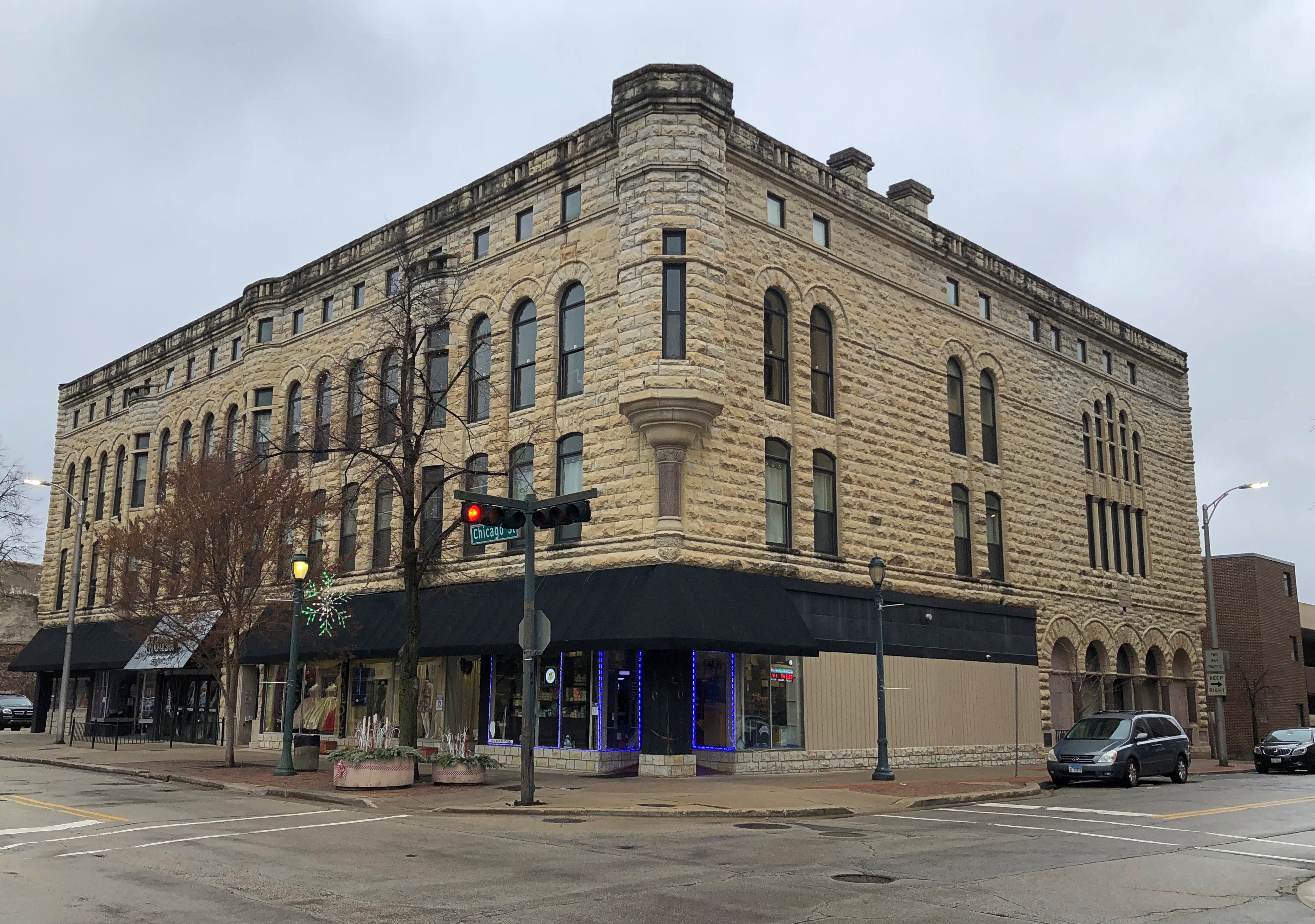
Even older: the Murray Building, 1886.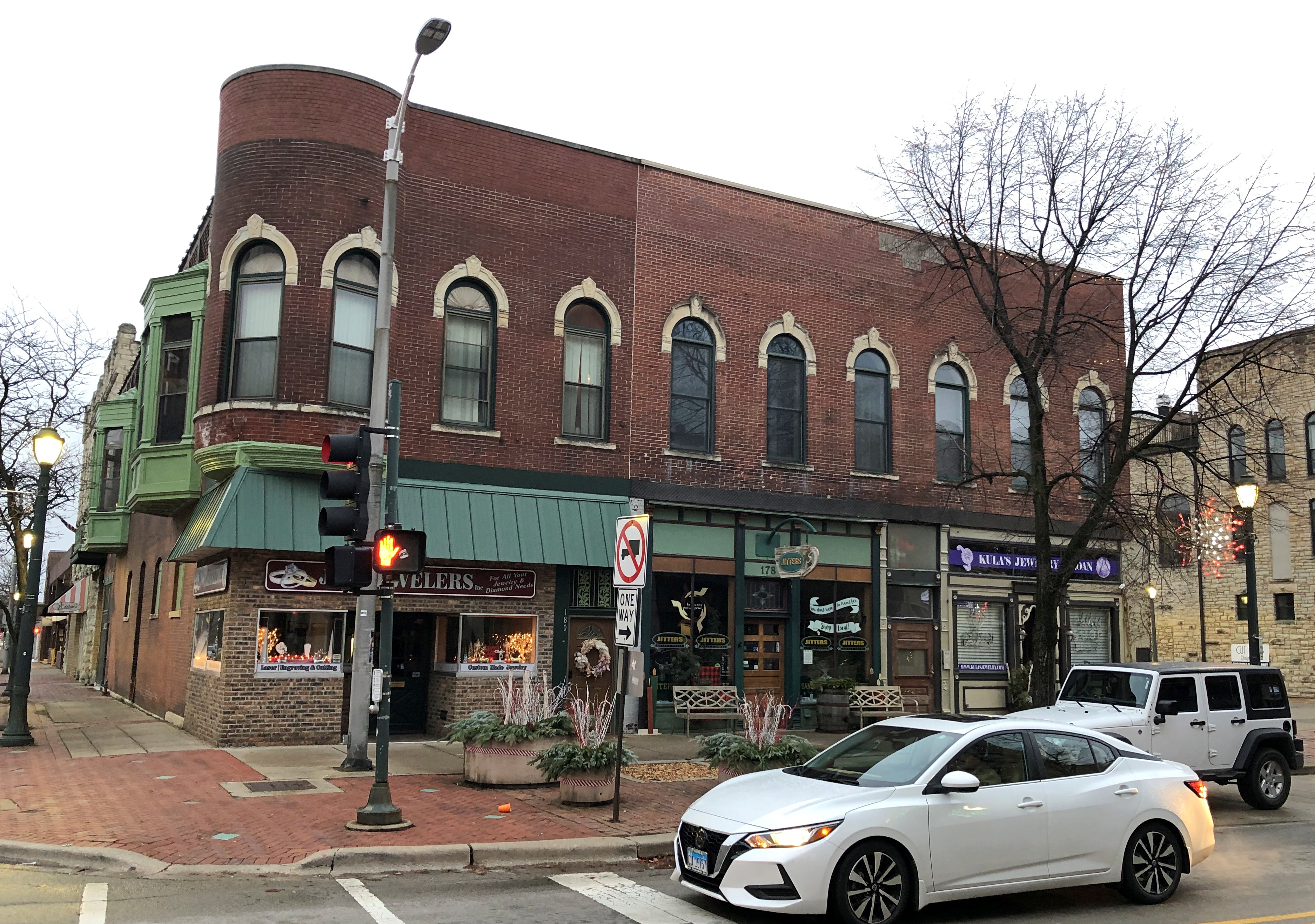
A giant guitar marks the Illinois Rock & Roll Museum. I didn’t know Illinois had one of those.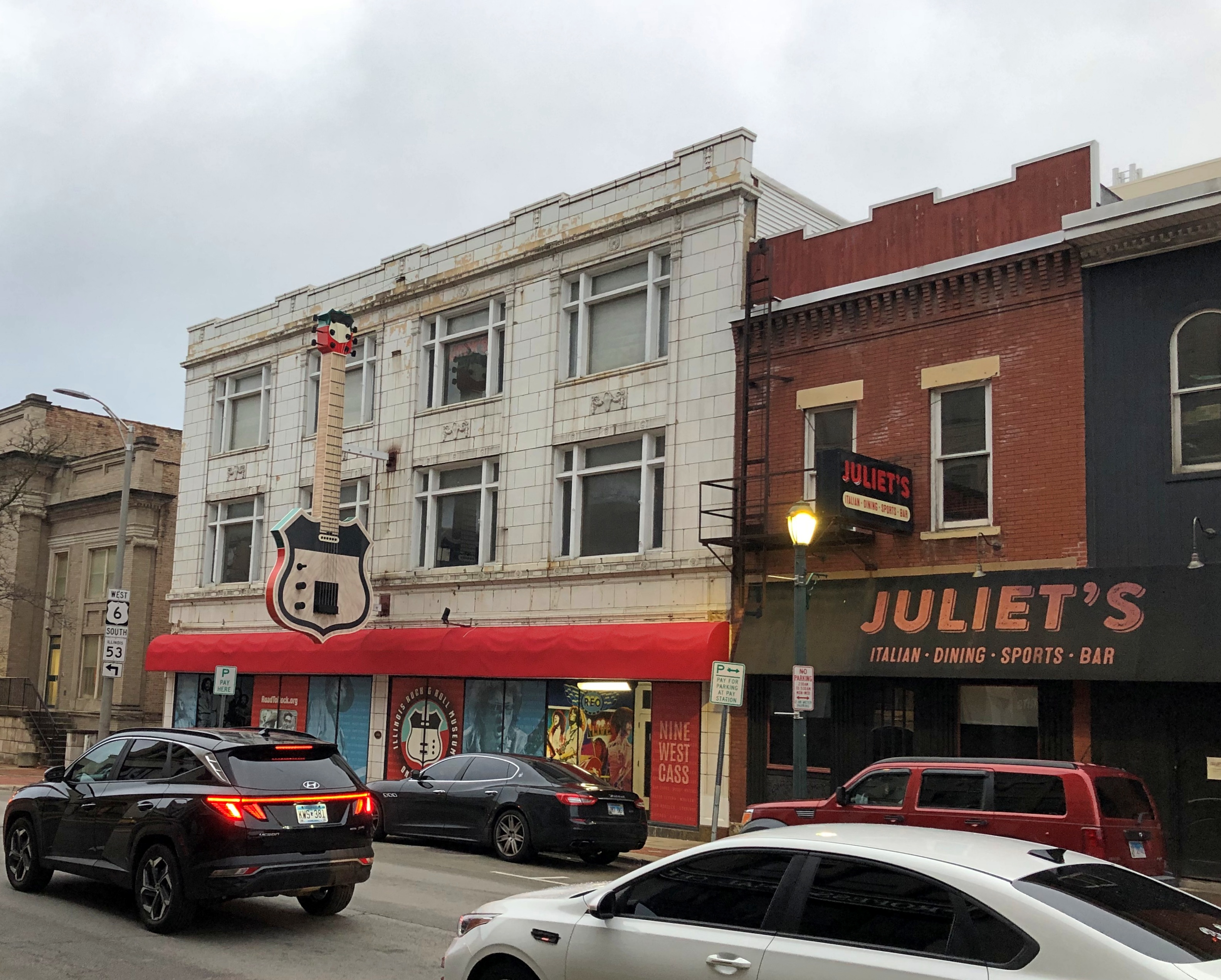
That is because it’s new. So new, in fact, that the galleries aren’t open yet, according to its web site, but the gift shop is. Next time I’m in Joliet, if it is all open, I might drop in.
A look at Google Street View tells me that the guitar was fixed to the exterior sometime after November 2022. There have been museum promotional materials in windows since 2018 at the earliest. Before that, a pinball/video game arcade called The Game Show, of all things, occupied the ground floor (in 2017). Back in 2007, the earliest image available, the building was occupied by Phalen’s Fine Furniture. Guess the Great Recession proved to be the end for that business, as Phalen’s was gone by ’13.
The Illinois Rock & Roll Museum has been inducting artists since 2021, with an inaugural roll that year that included Chicago, Cheap Trick, Ides of March, Buddy Guy, Muddy Waters, REO Speedwagon and the Buckinghams. Most of those I could see, but Cheap Trick and REO Speedwagon had an Illinois connection? Cheap Trick was from Rockford and REO Speedwagon from Champaign. Shows you what I know.
The connection doesn’t have to be that strong, apparently. As long as the performer was either born in Illinois; started a musical career in Illinois; was based in Illinois; or recorded in Illinois, then he, she or they can be inducted. Note that as of this year, there’s no “she.” That is, not a single female inductee. Better get on that, IR&RM, before someone more vocal than me calls you out on it.
Next to the museum is the former Ottawa Street Methodist Episcopal Church, a structure dating from 1903.
“The Ottawa Street Methodist Church is a two-story, Neoclassical Revival style structure built by George Julian Barnes in 1909 on a Joliet limestone foundation,” says the city. “The structure is a wonderful and bold interpretation of the Triumphant Arch motif as applied to a Neoclassical Revival institutional building.”
These days, the building serves as part of the Joliet Area Historical Museum.
My fingers were getting a little cold, so we didn’t linger for a picture of the former church, as grand as it is. Except for this detail.
For The Good Of Man is inscribed under the side pediment. The church didn’t realize it in 1903, of course, but it’s a good thing it didn’t read To Serve Man.
A block away is another former church building.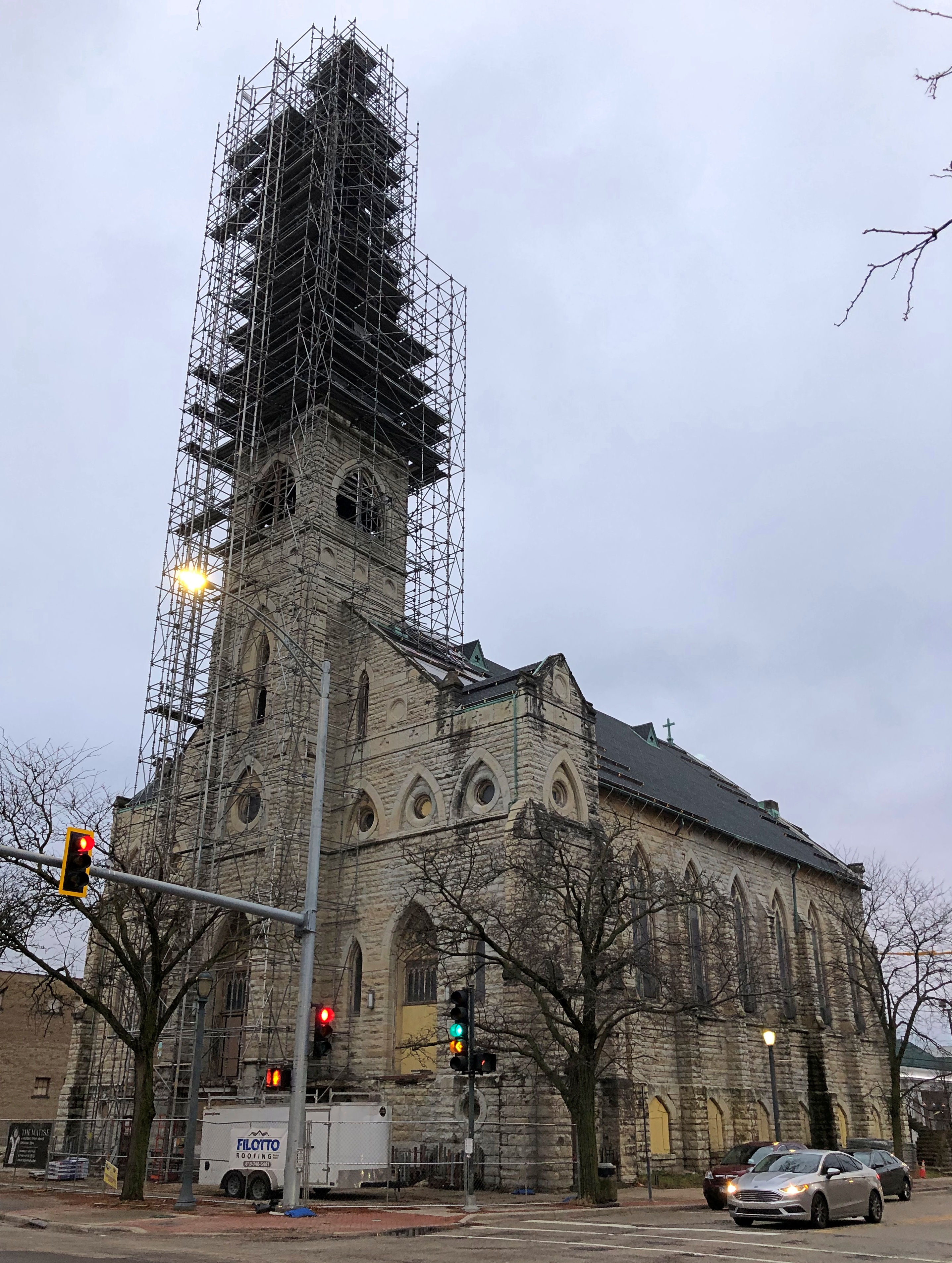
Old St. Mary’s Carmelite, which hasn’t been an active religious structure in 30 years. New owners are currently rehabbing the property and by next summer it will be an event venue for “weddings, corporate events, fund-raisers, proms and more,” Patch reports. Good to know. I’d say that’s a good re-use for a neglected church, much better than destroying its unique beauty.
One more pic from our short Joliet walkabout: Joliet himself in bronze, beside the local library.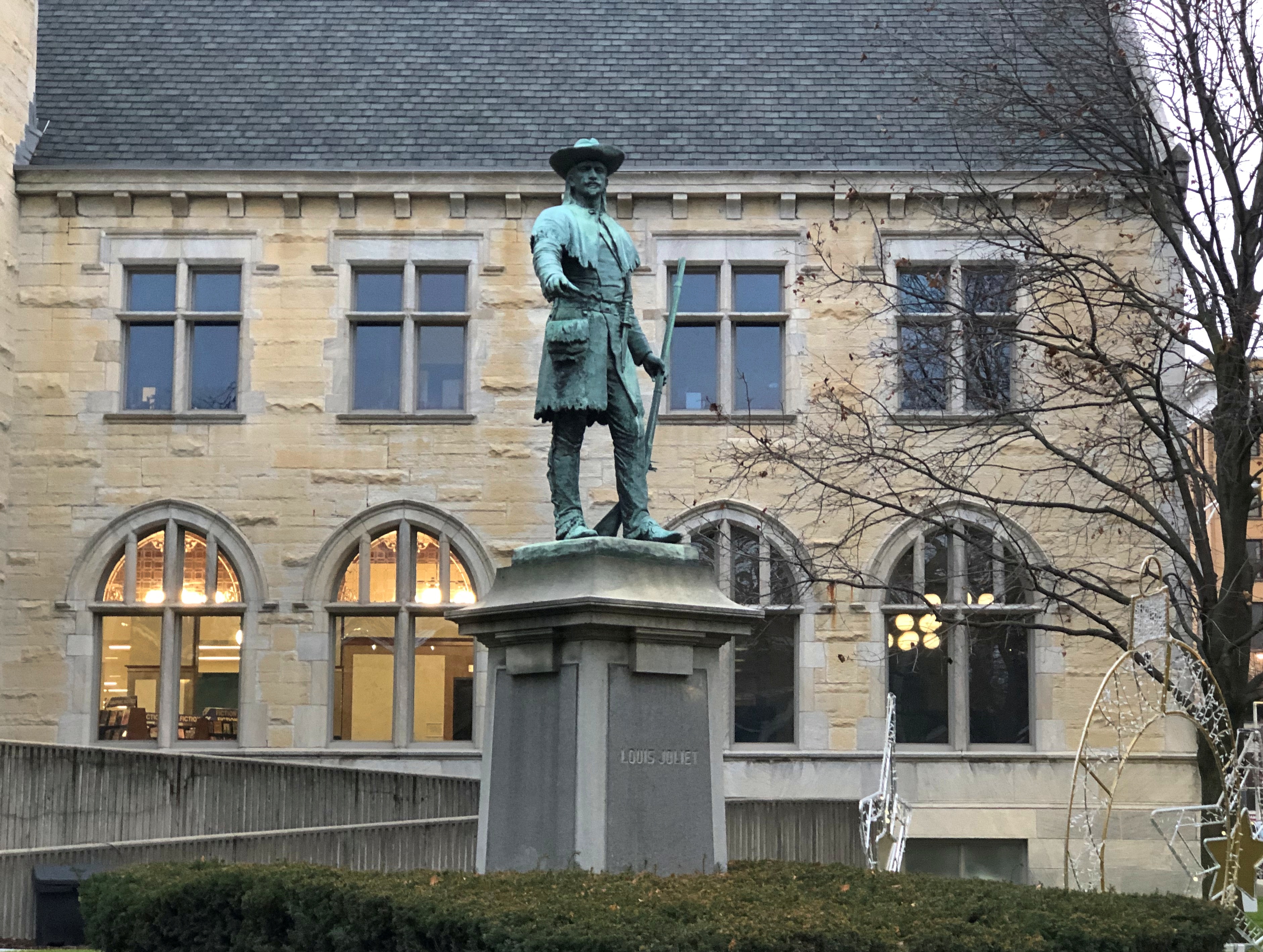
Seen him before, and I probably will again.
